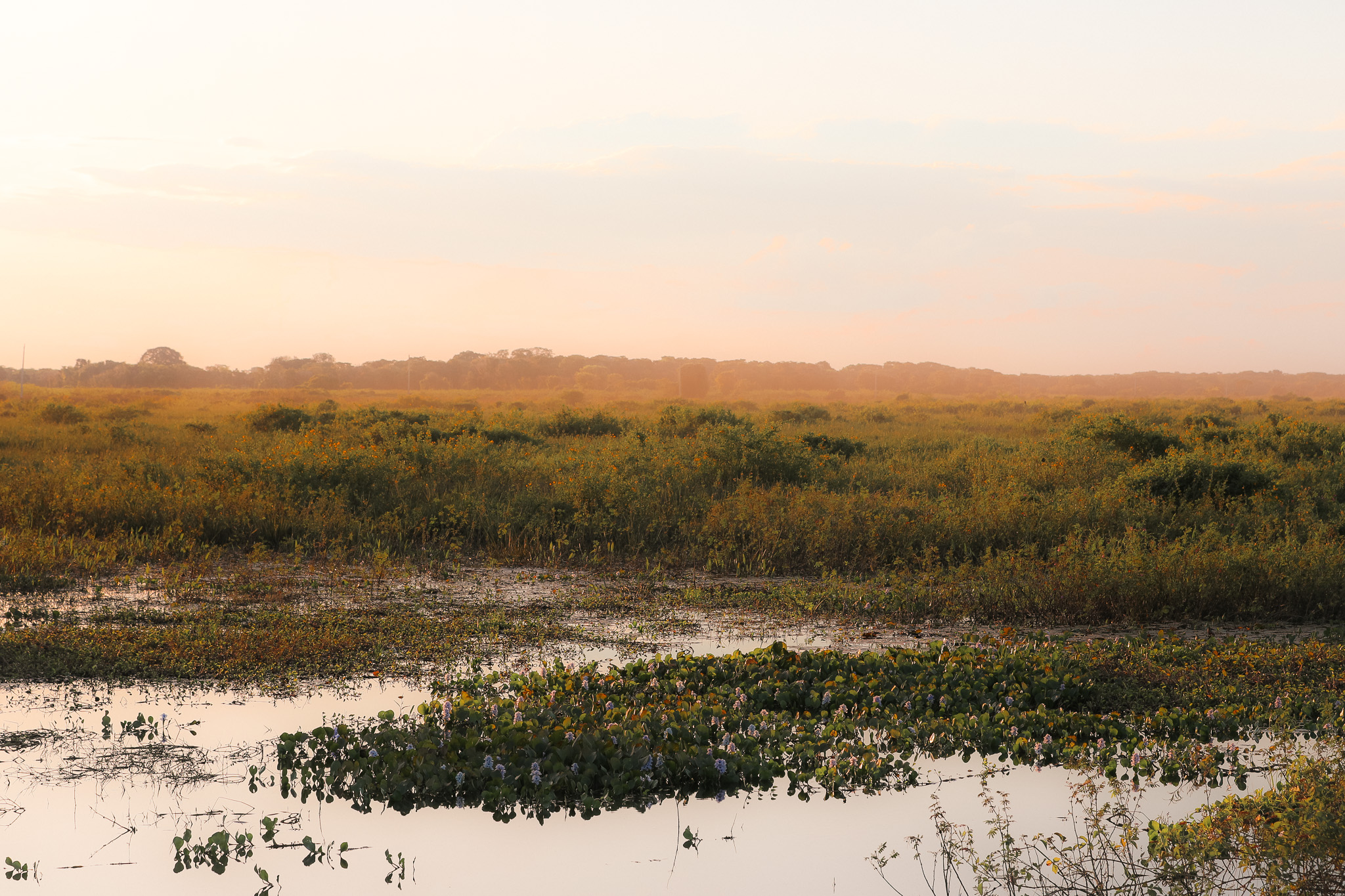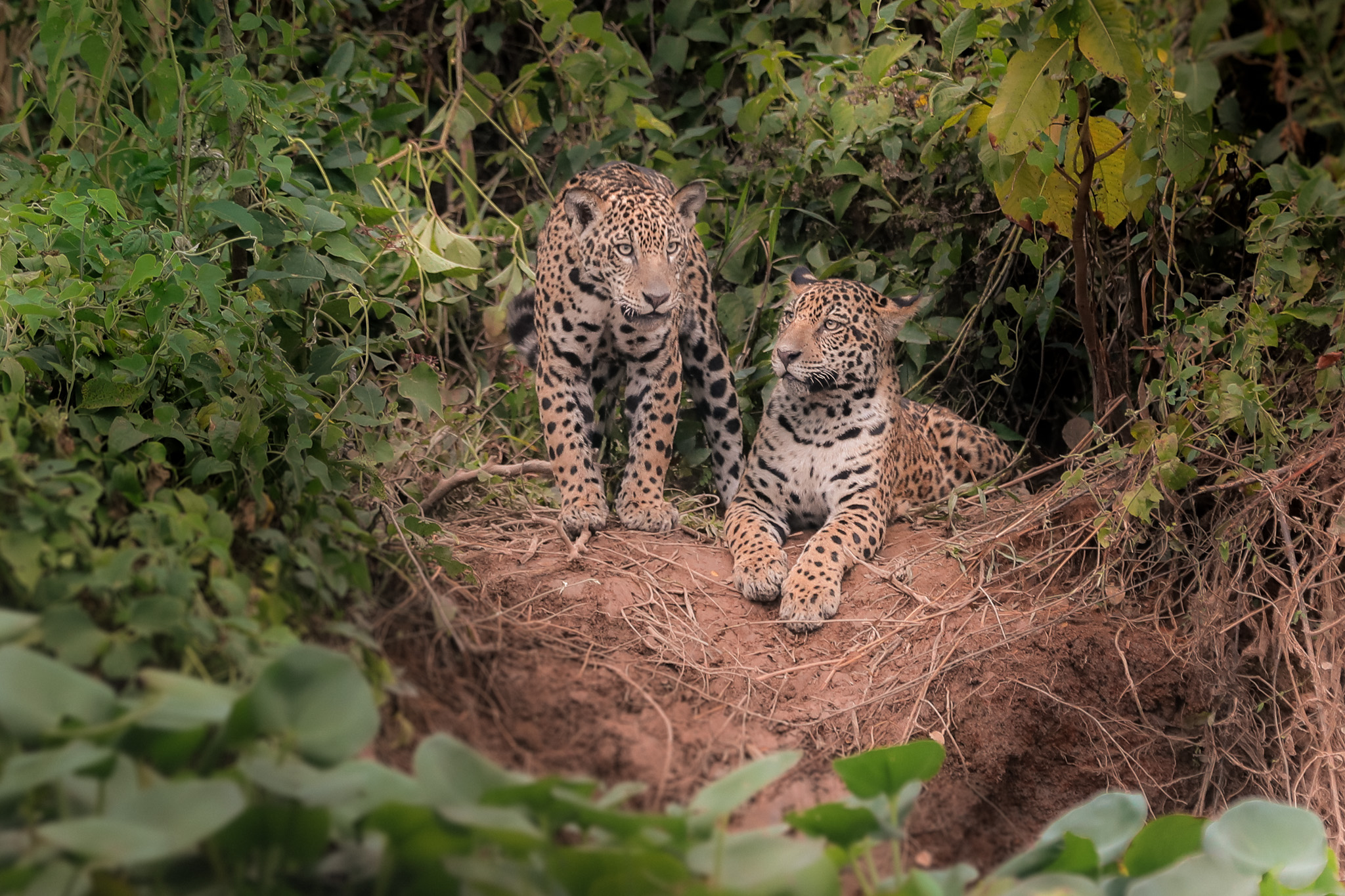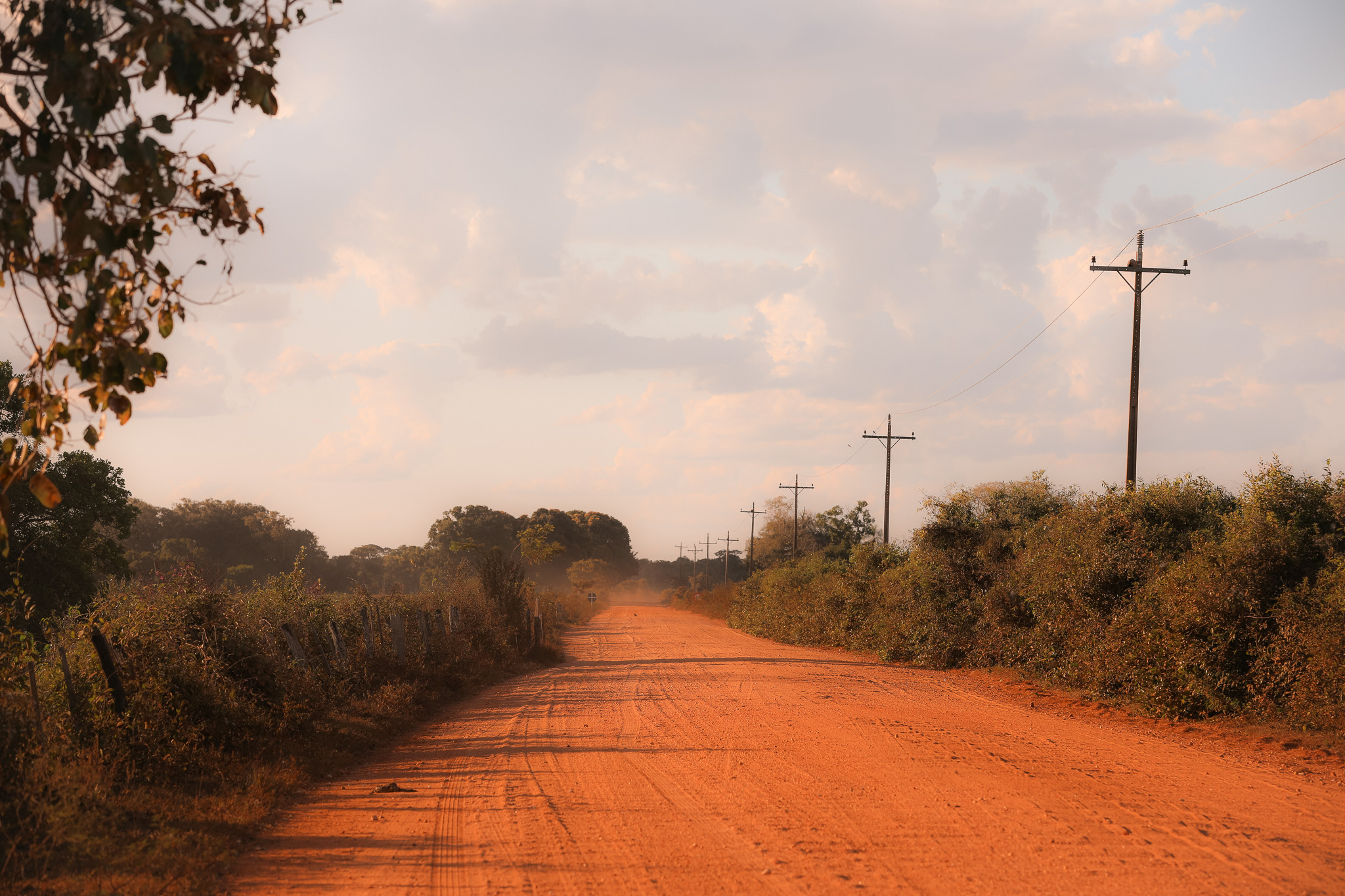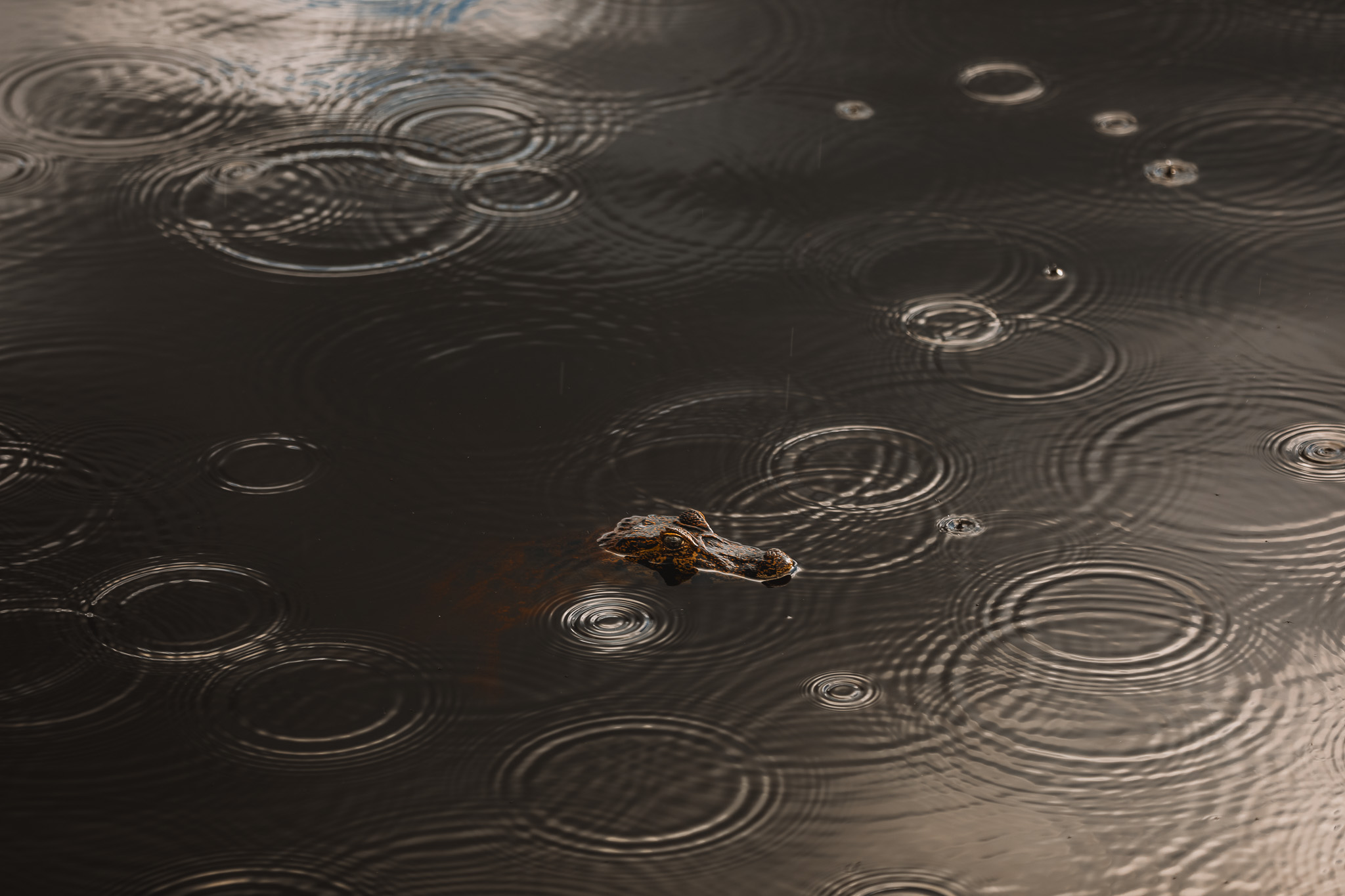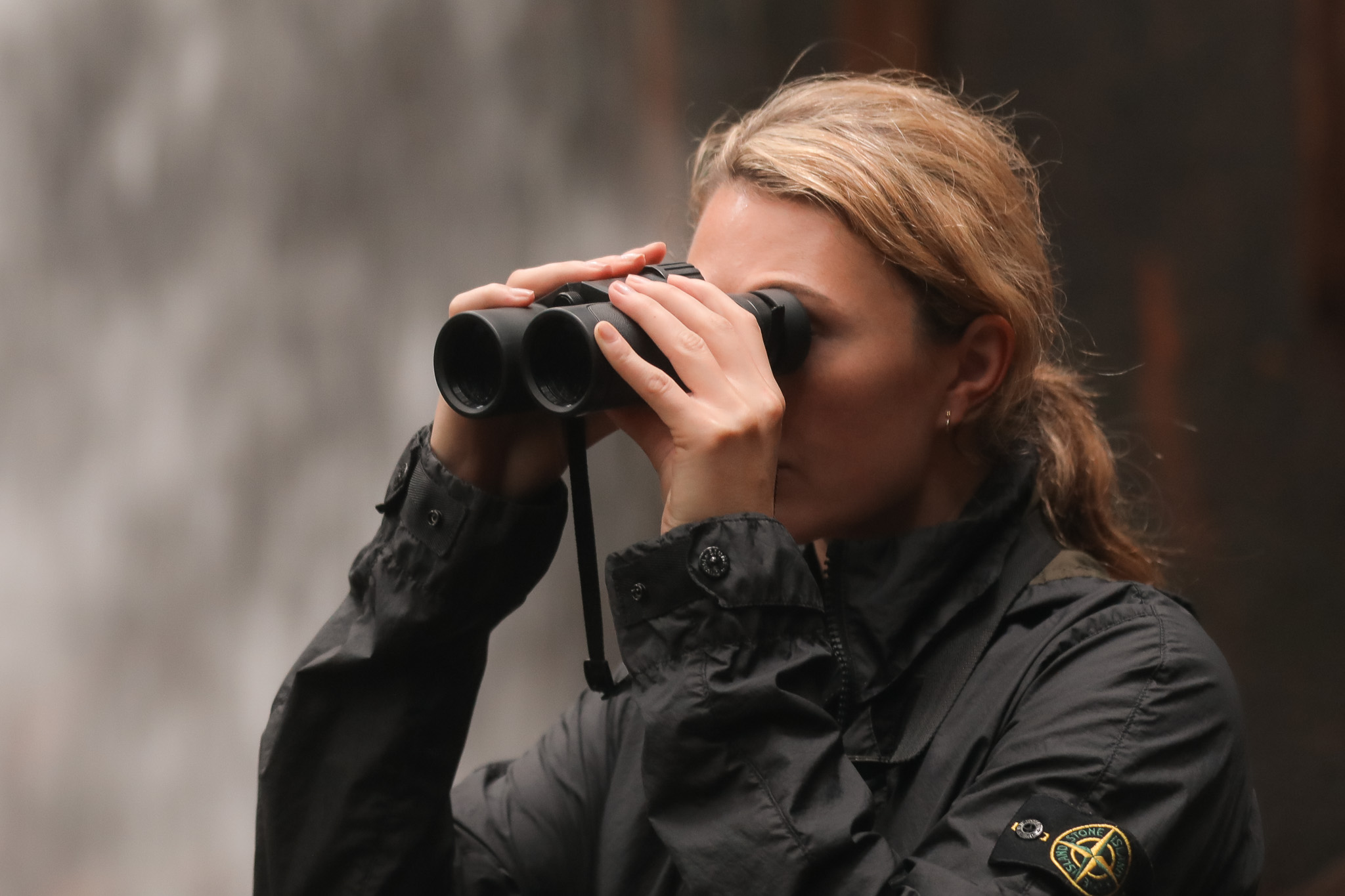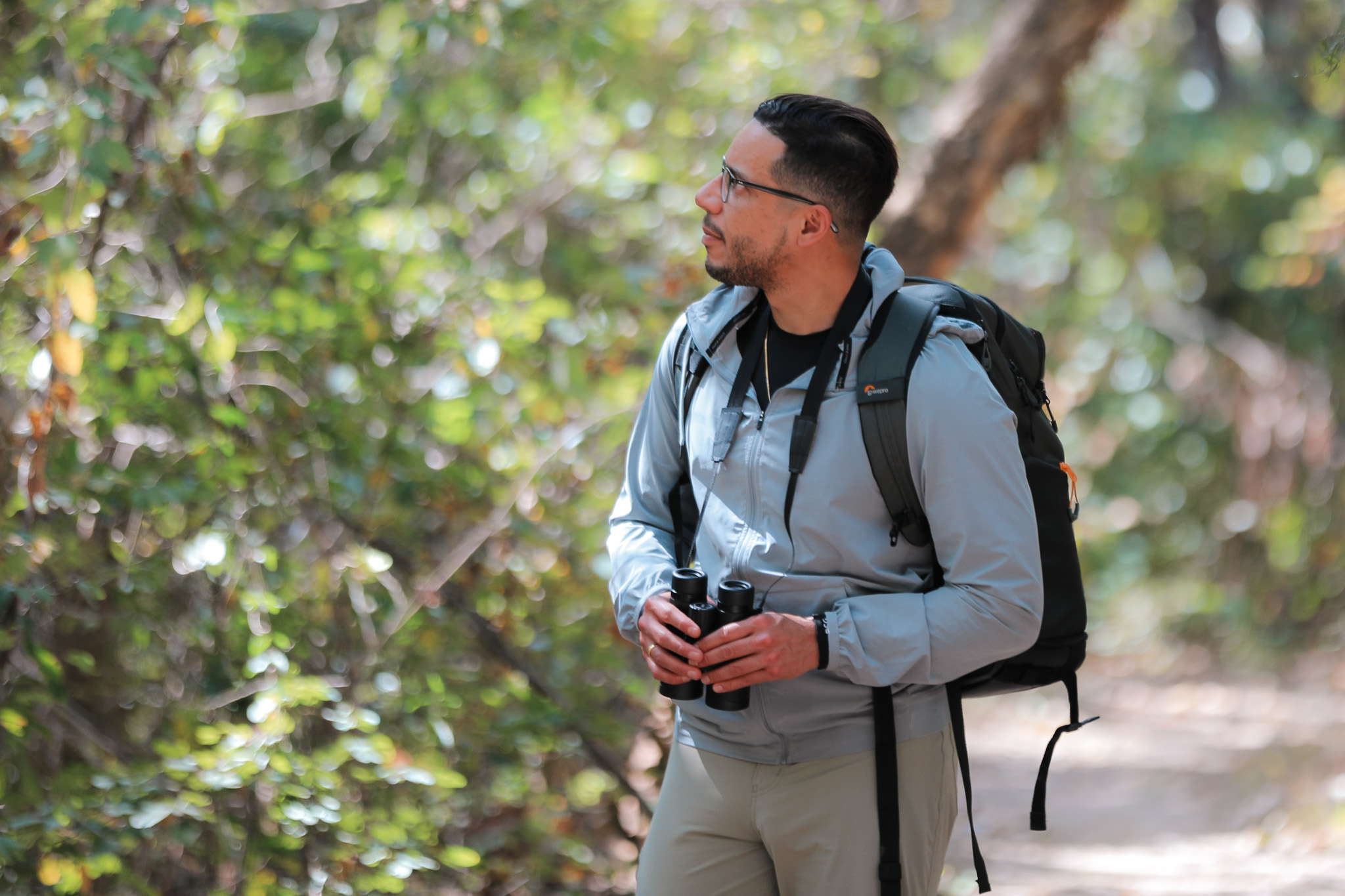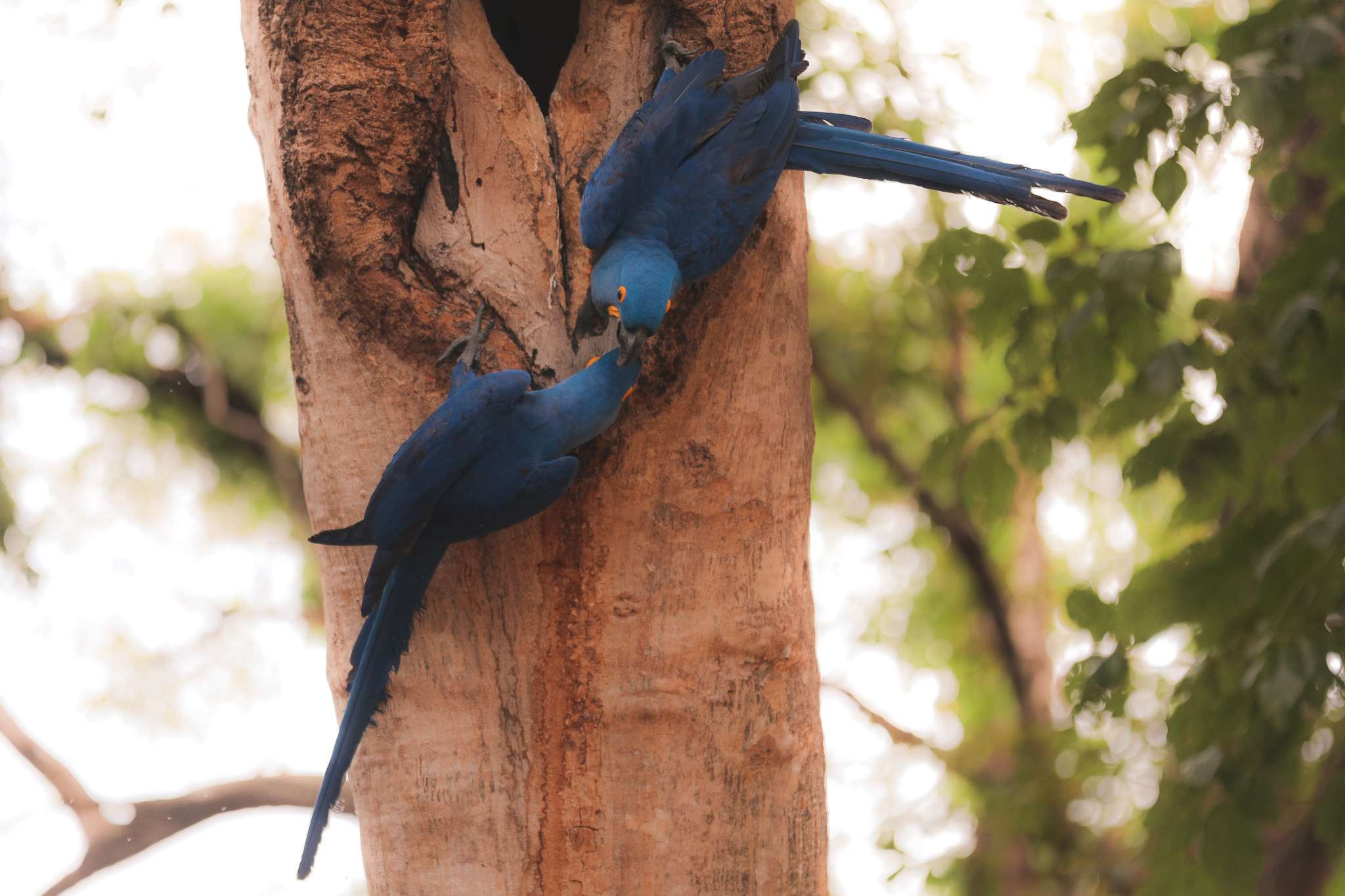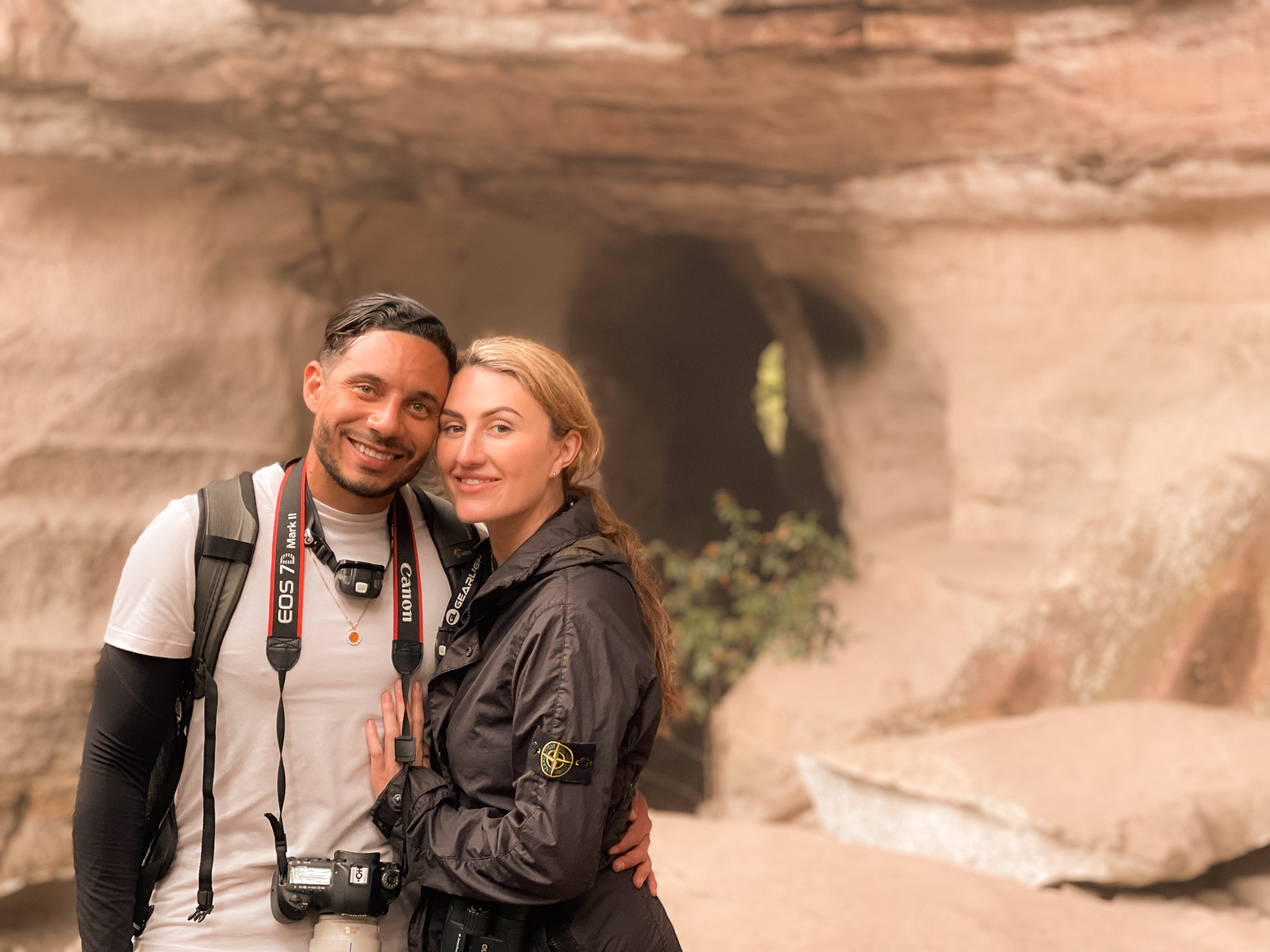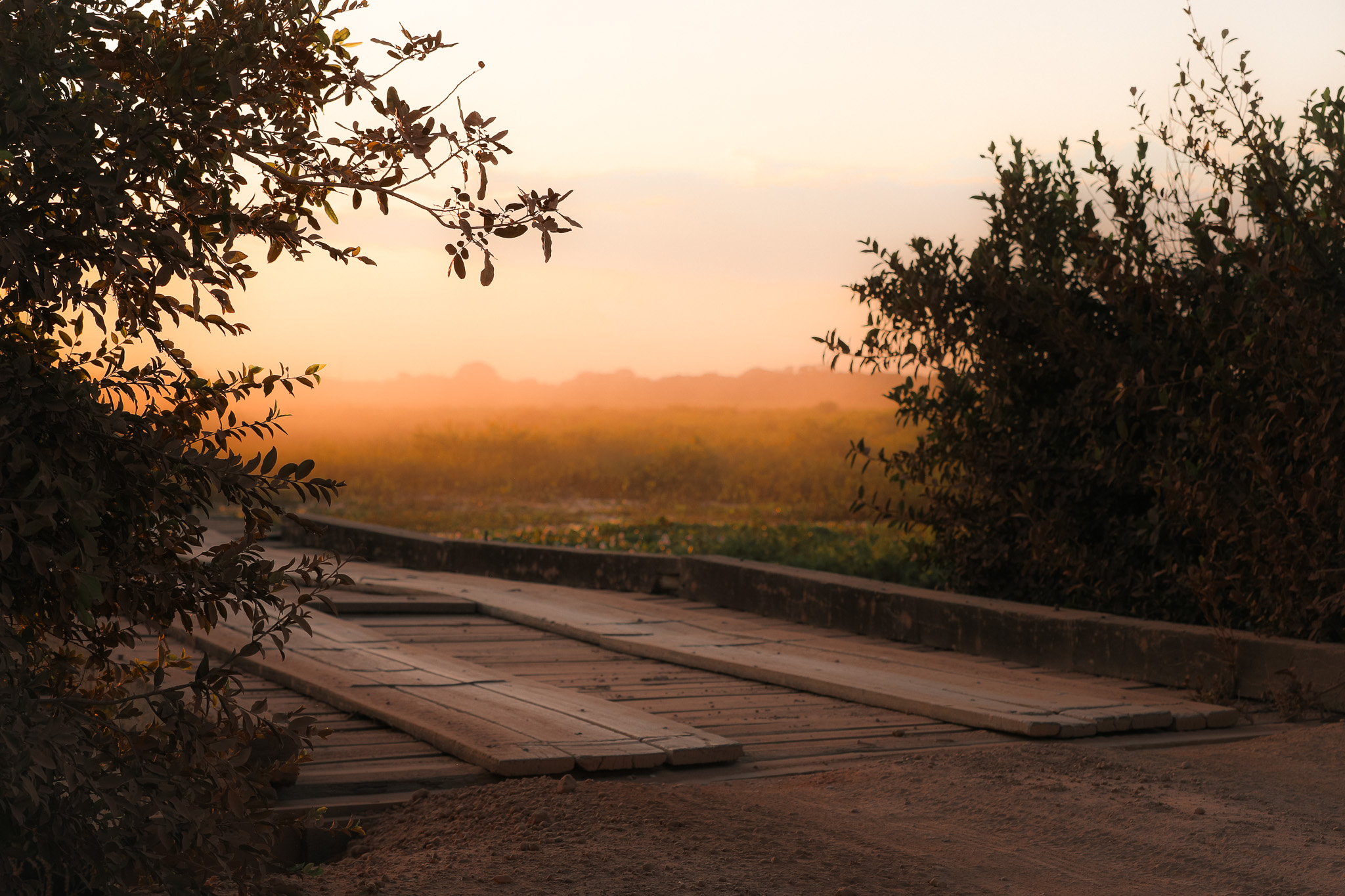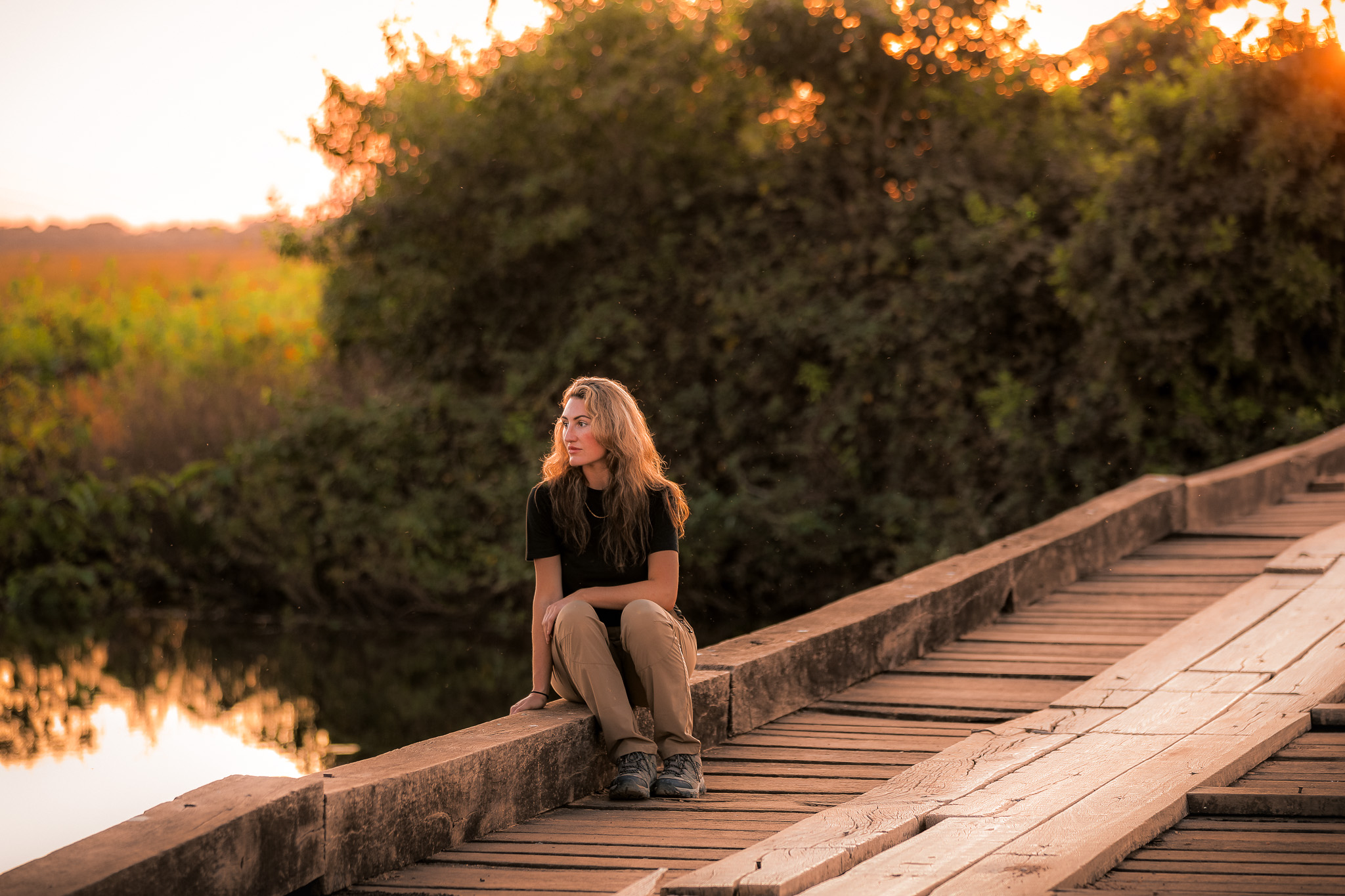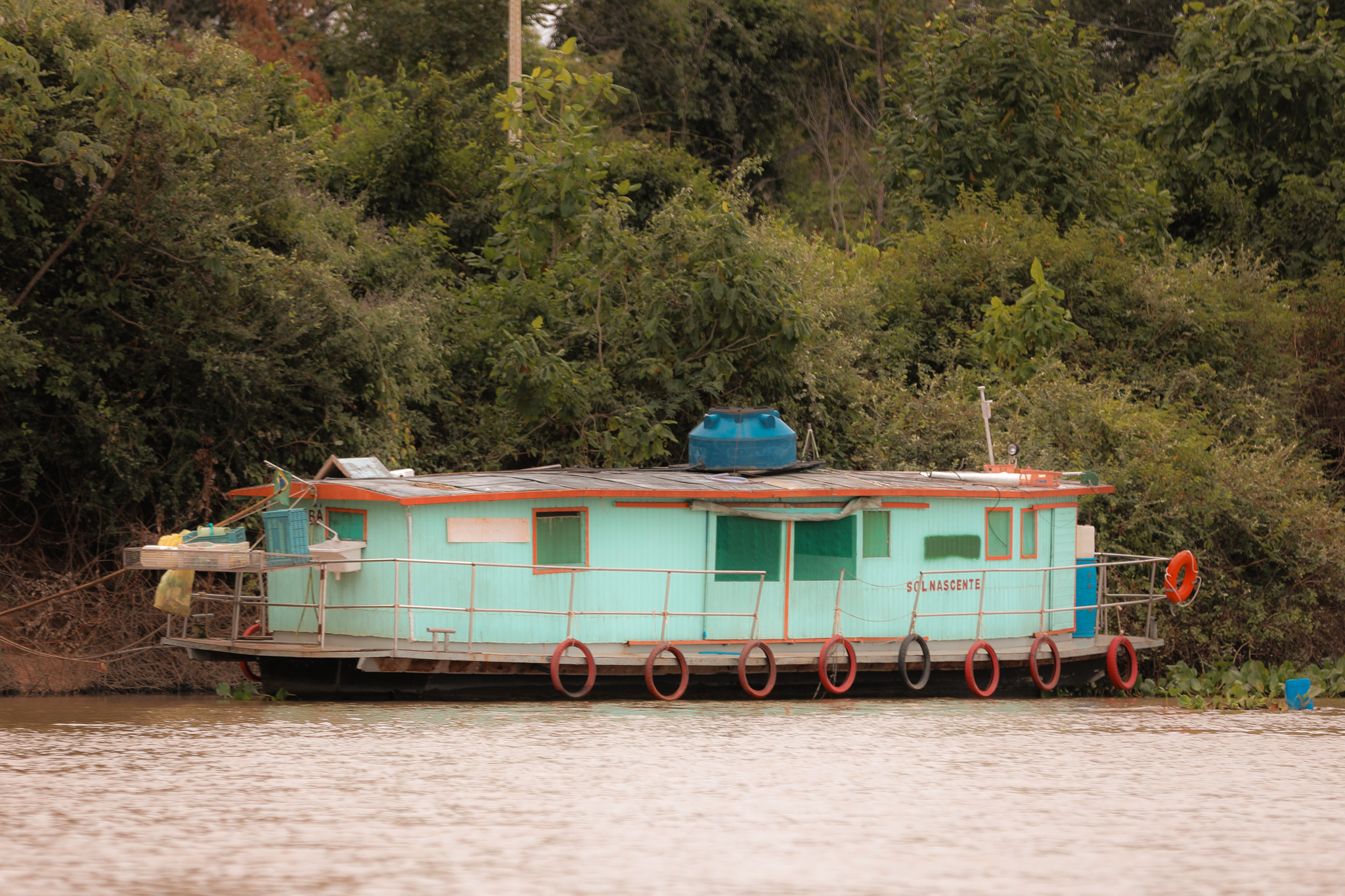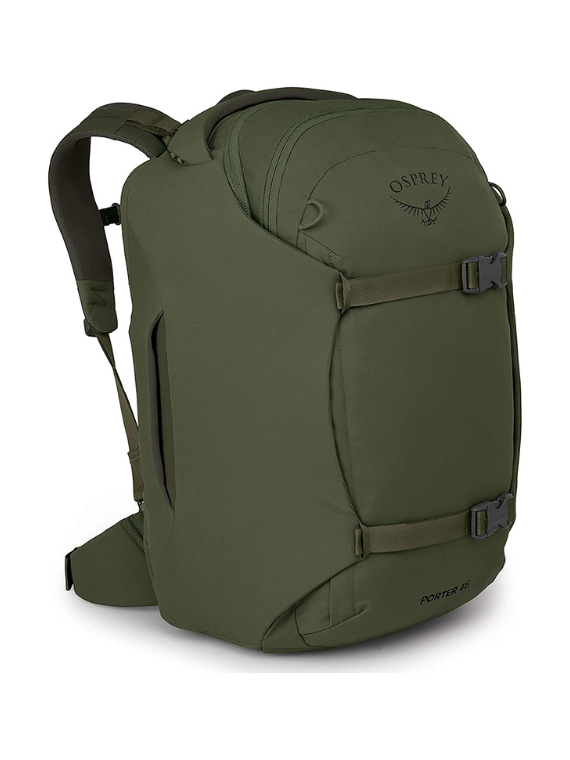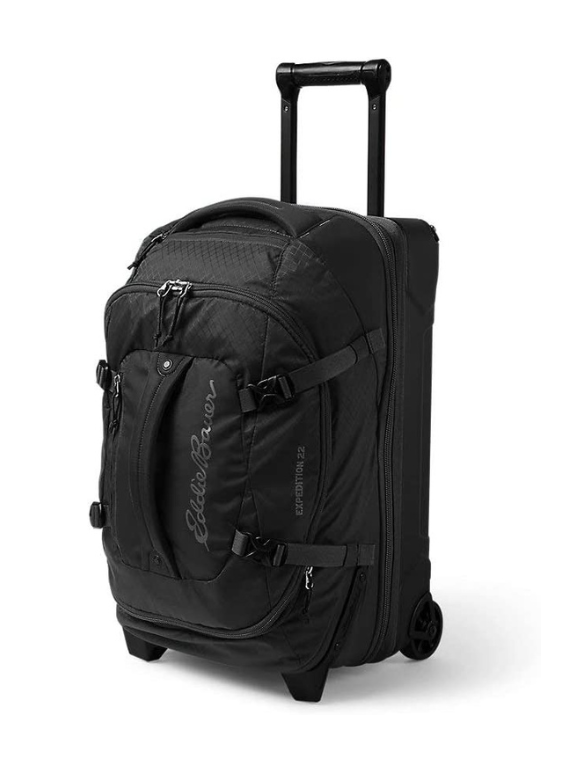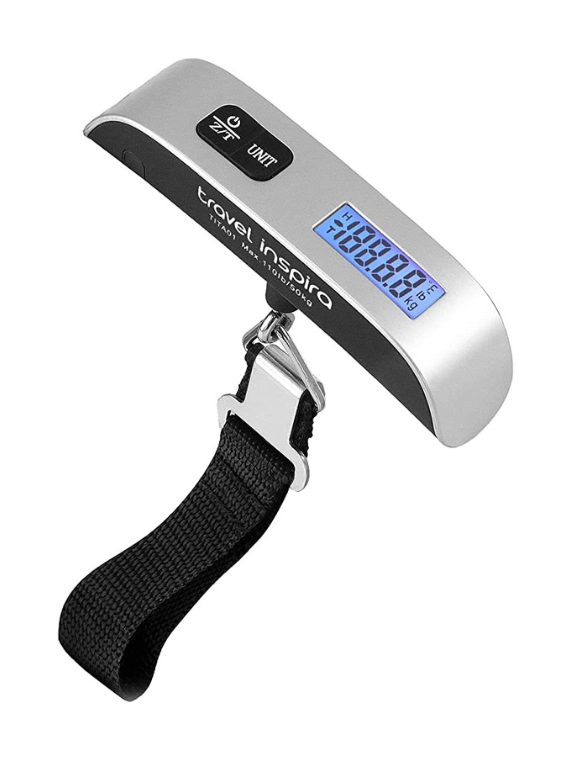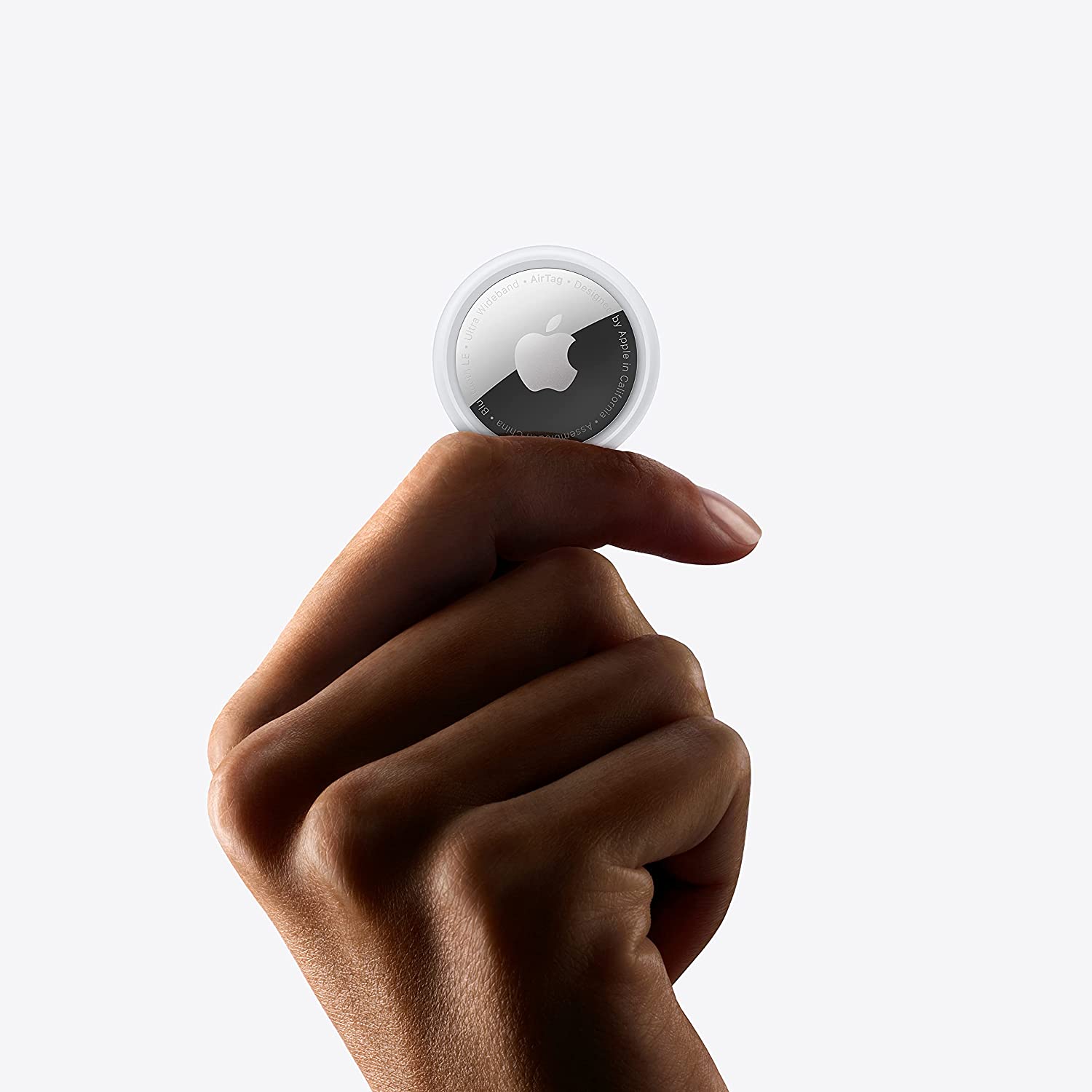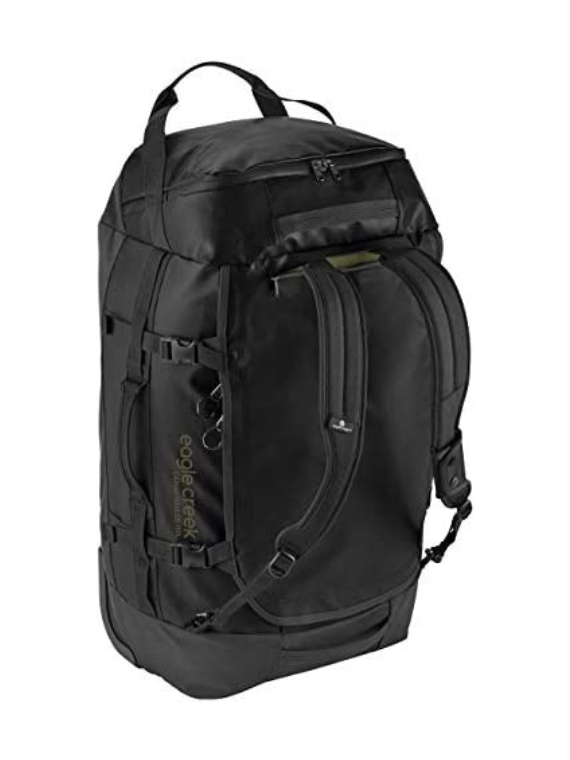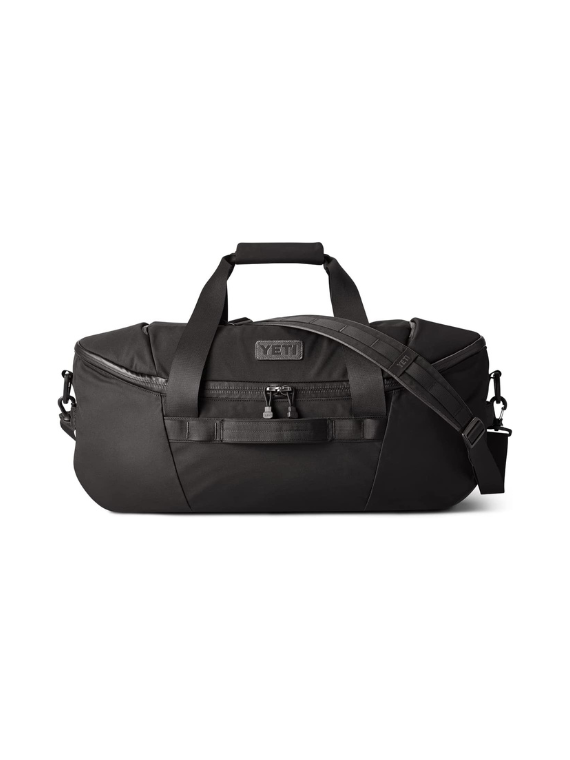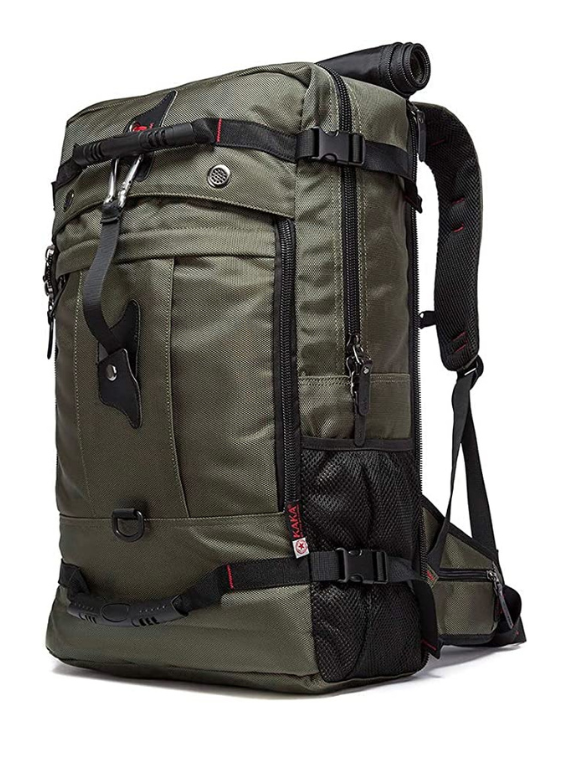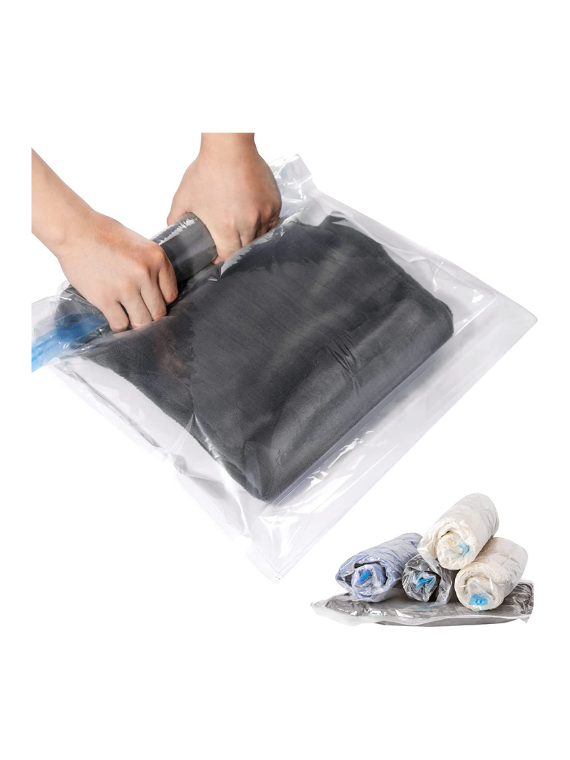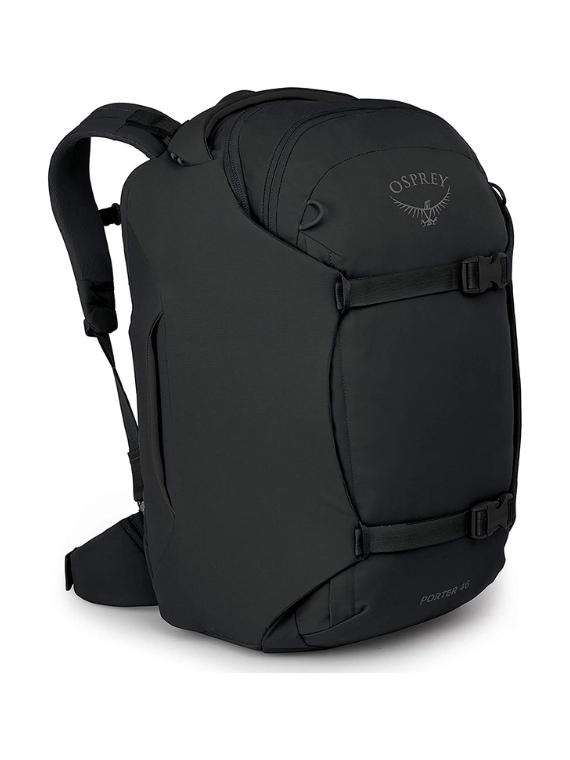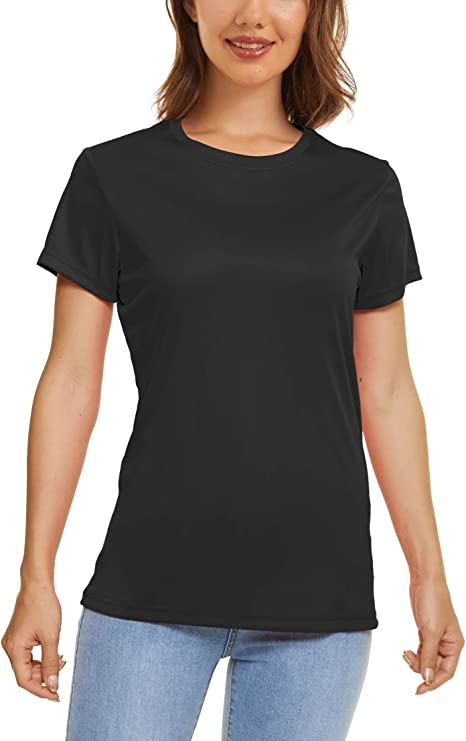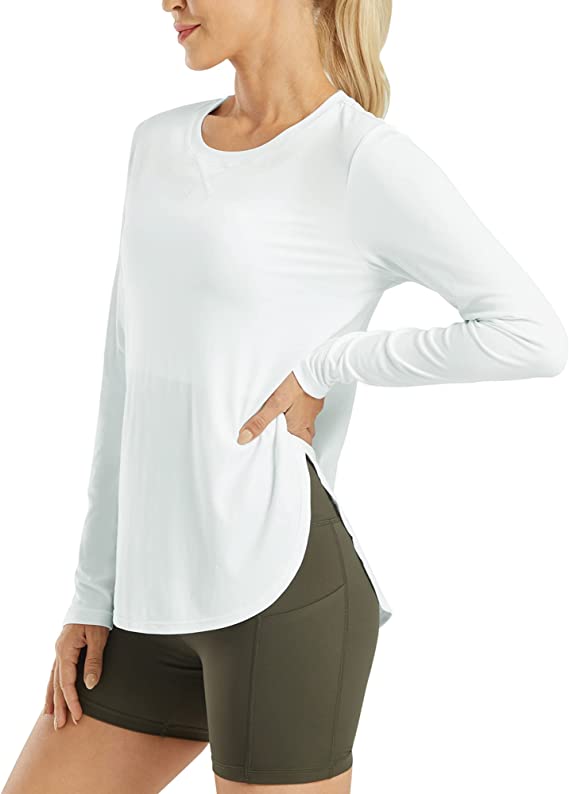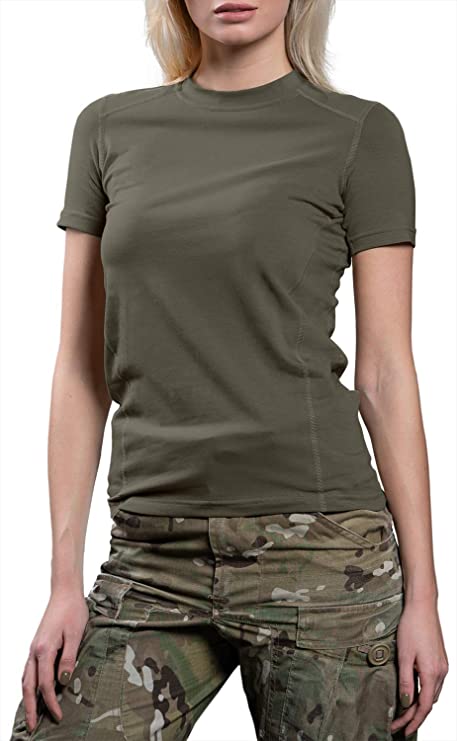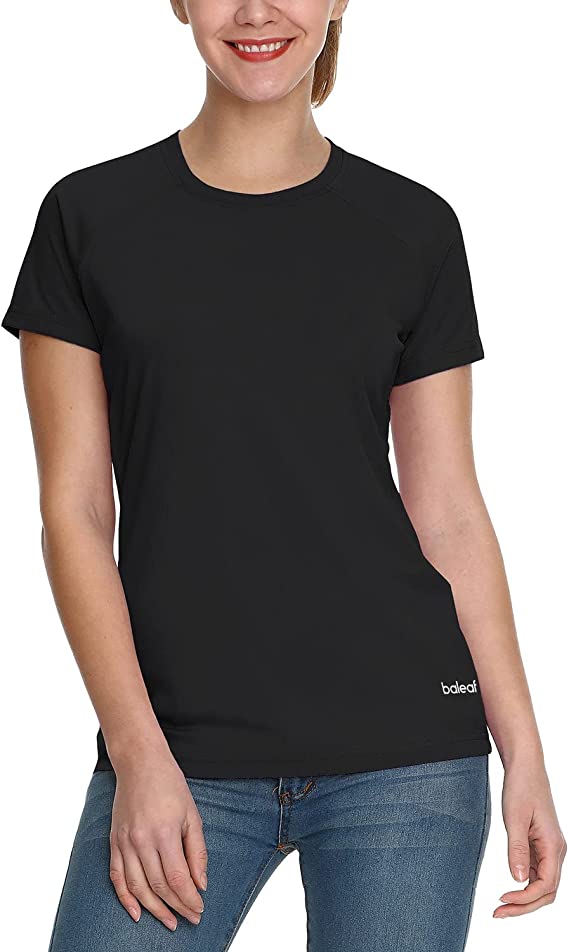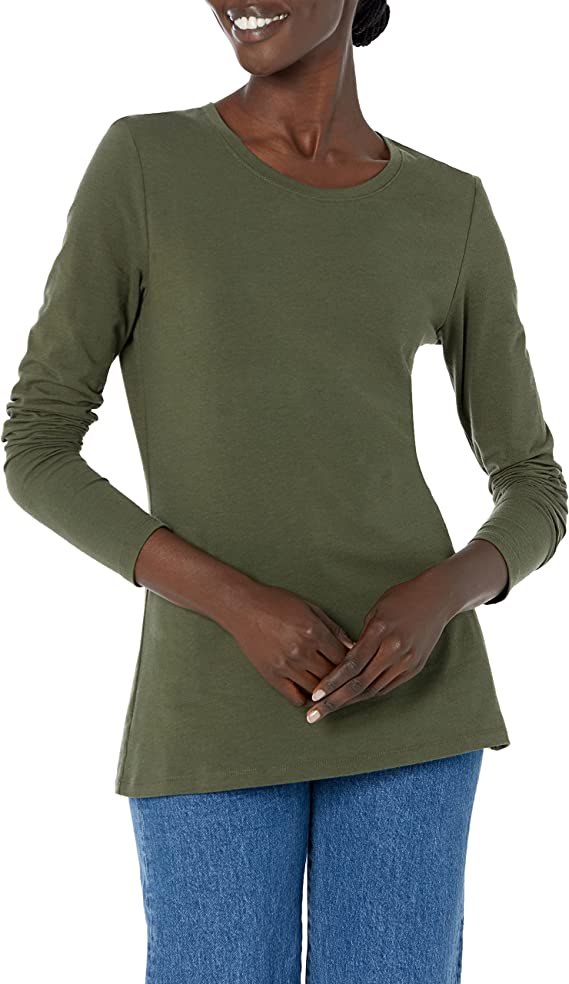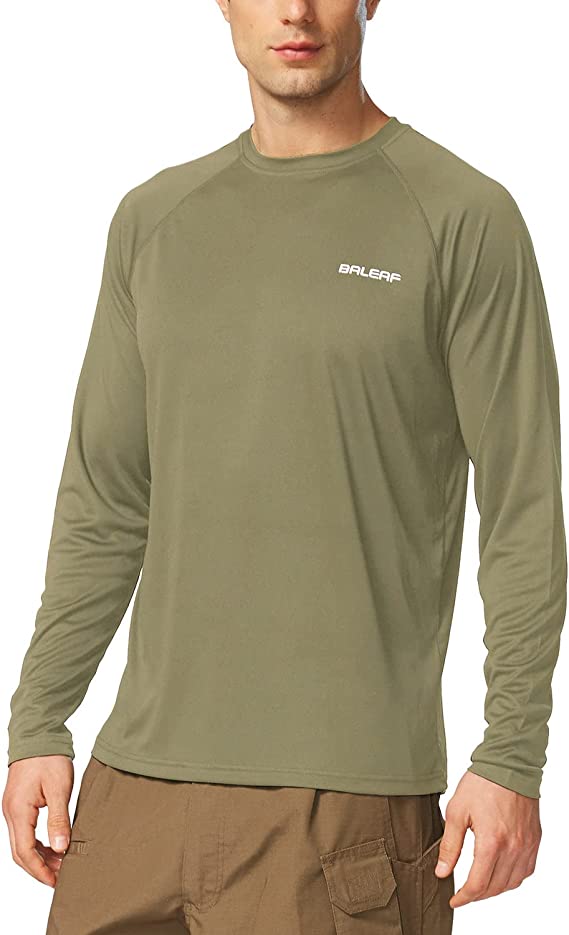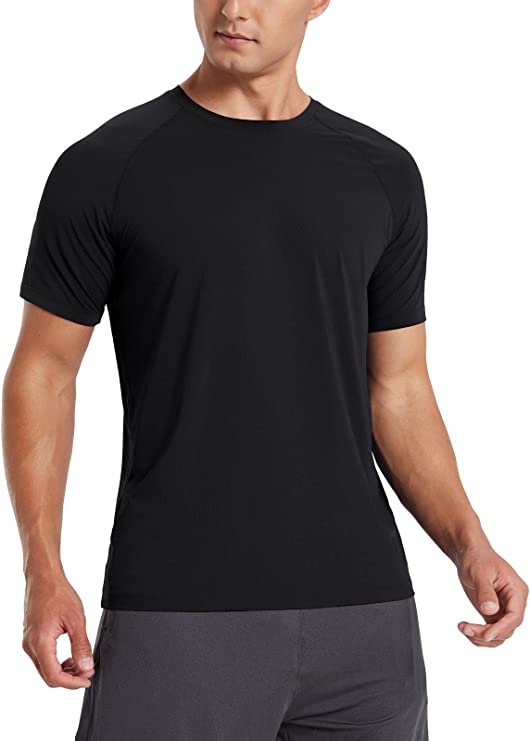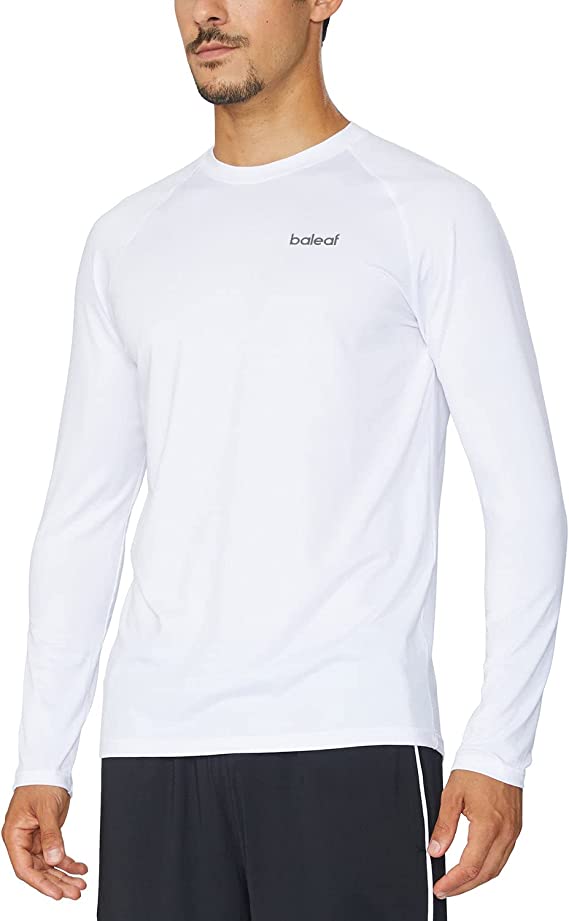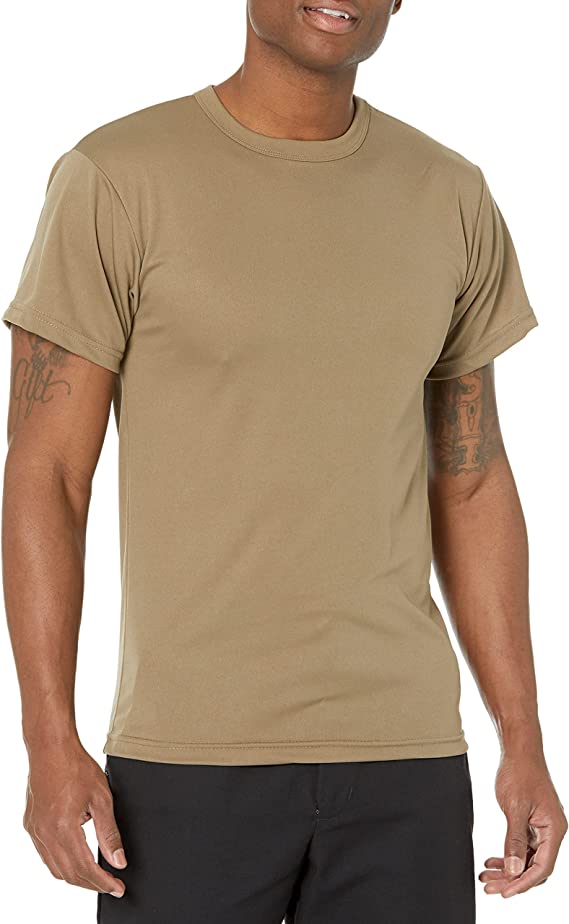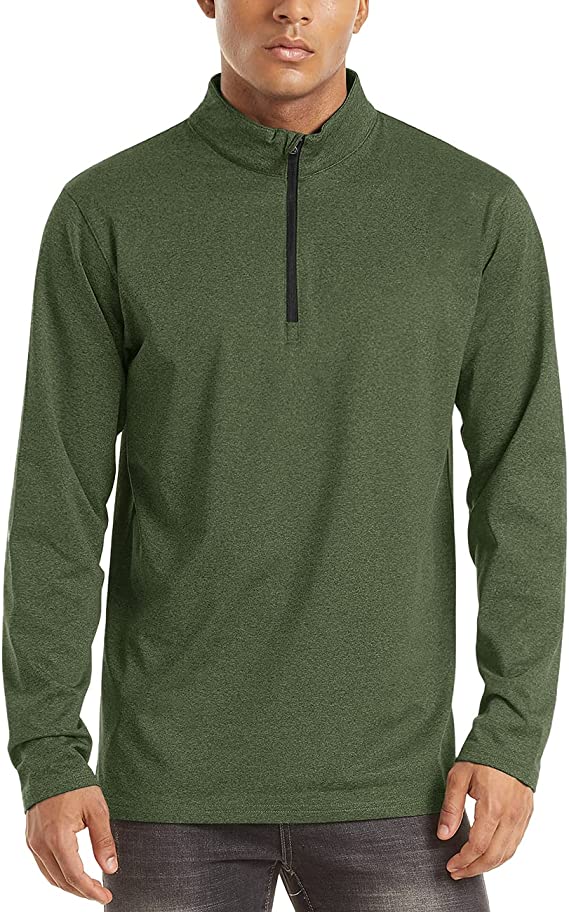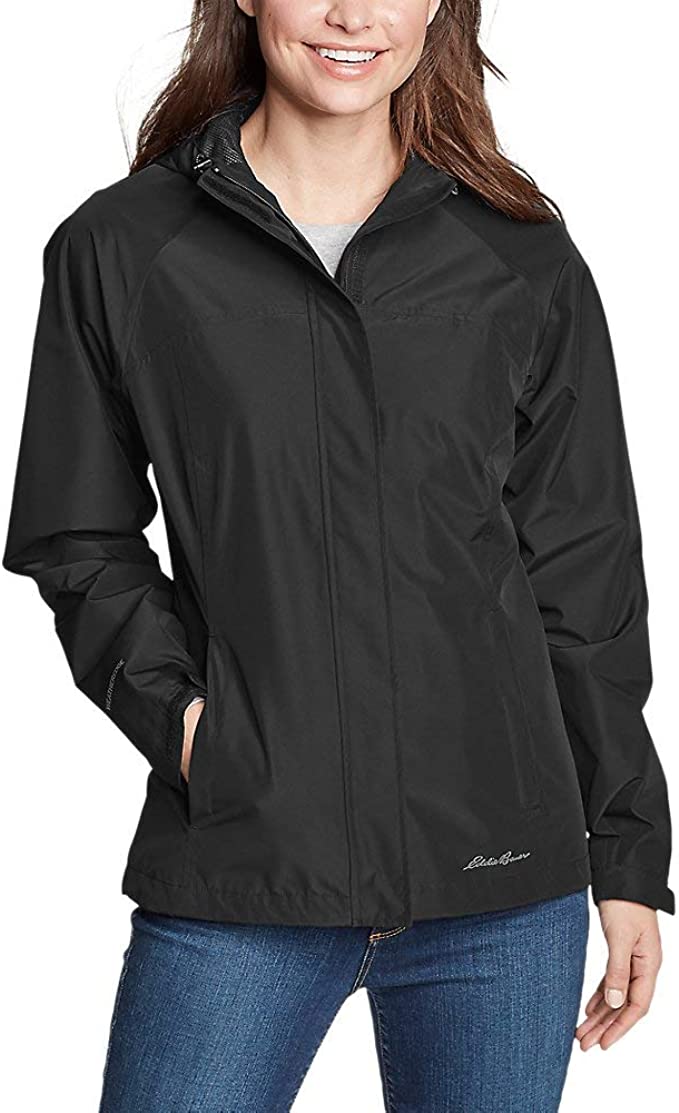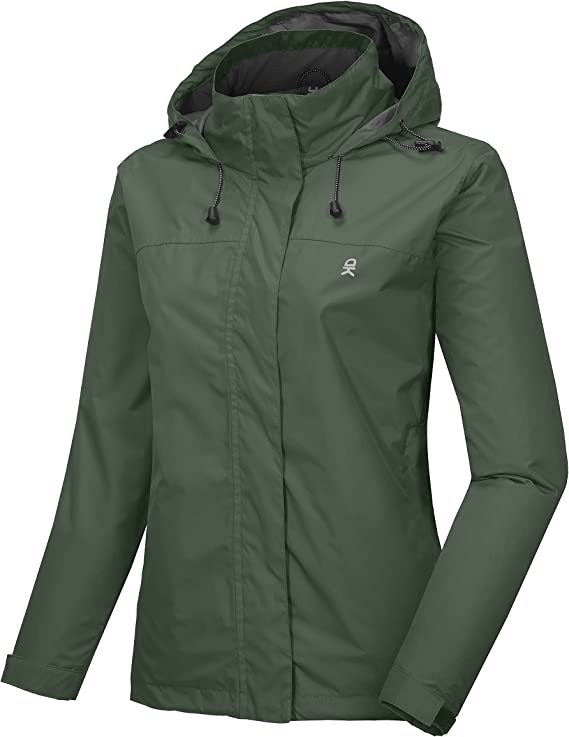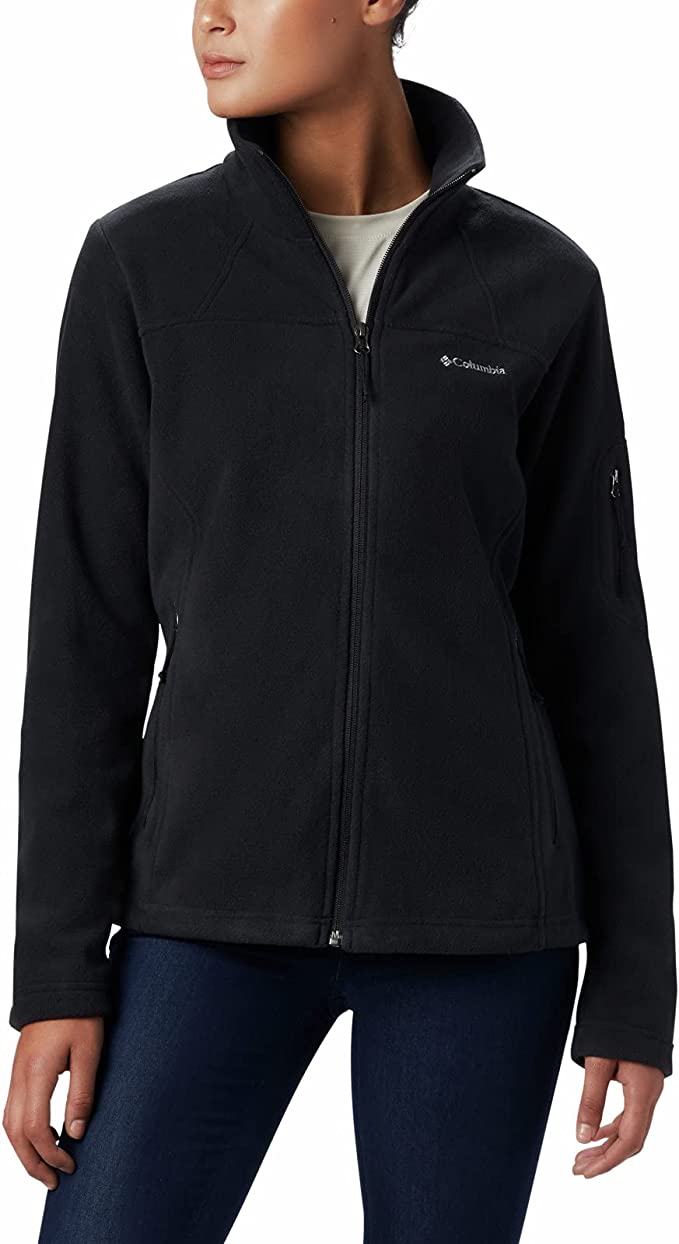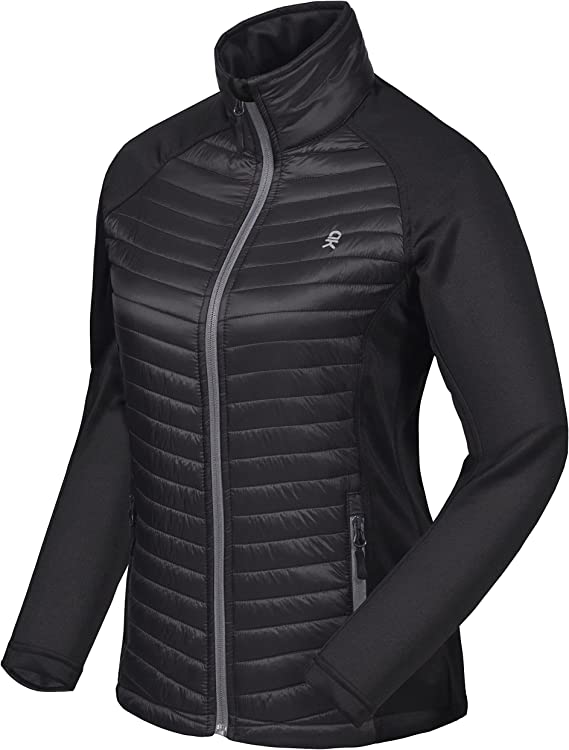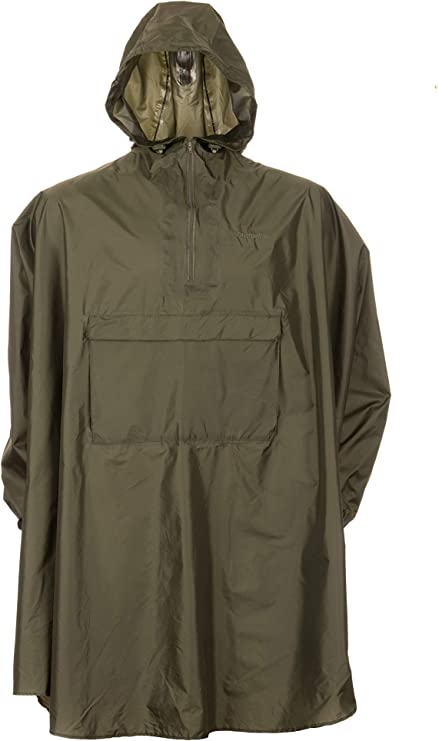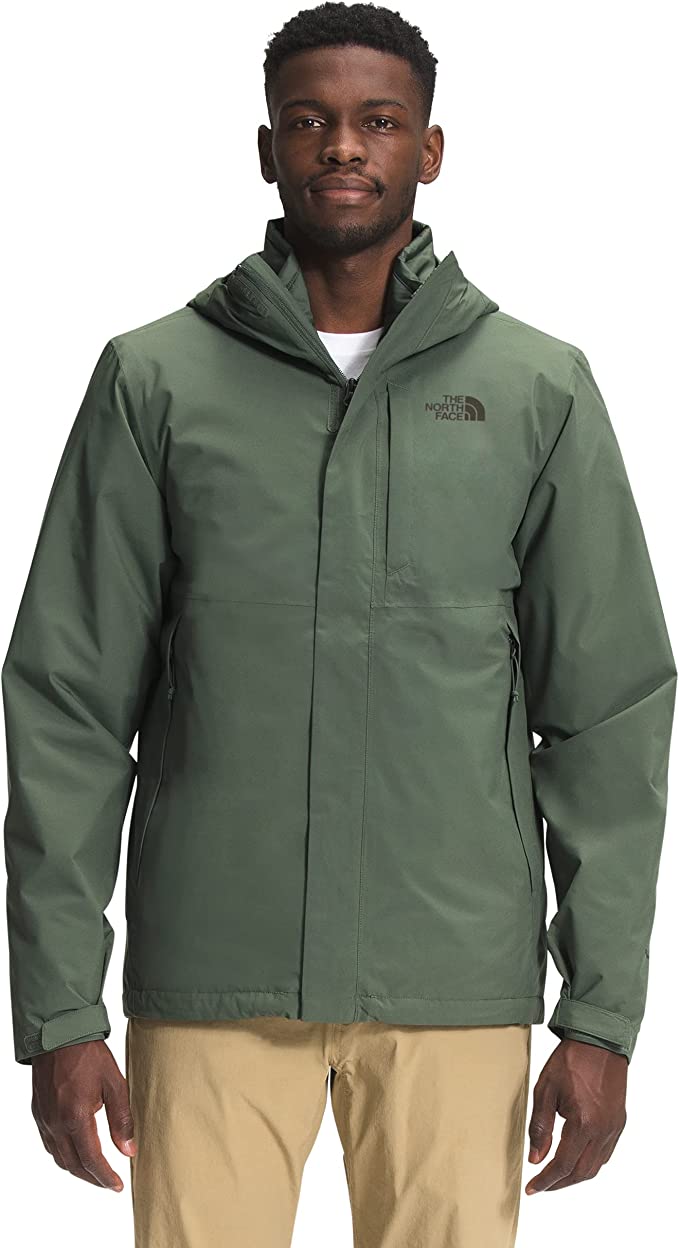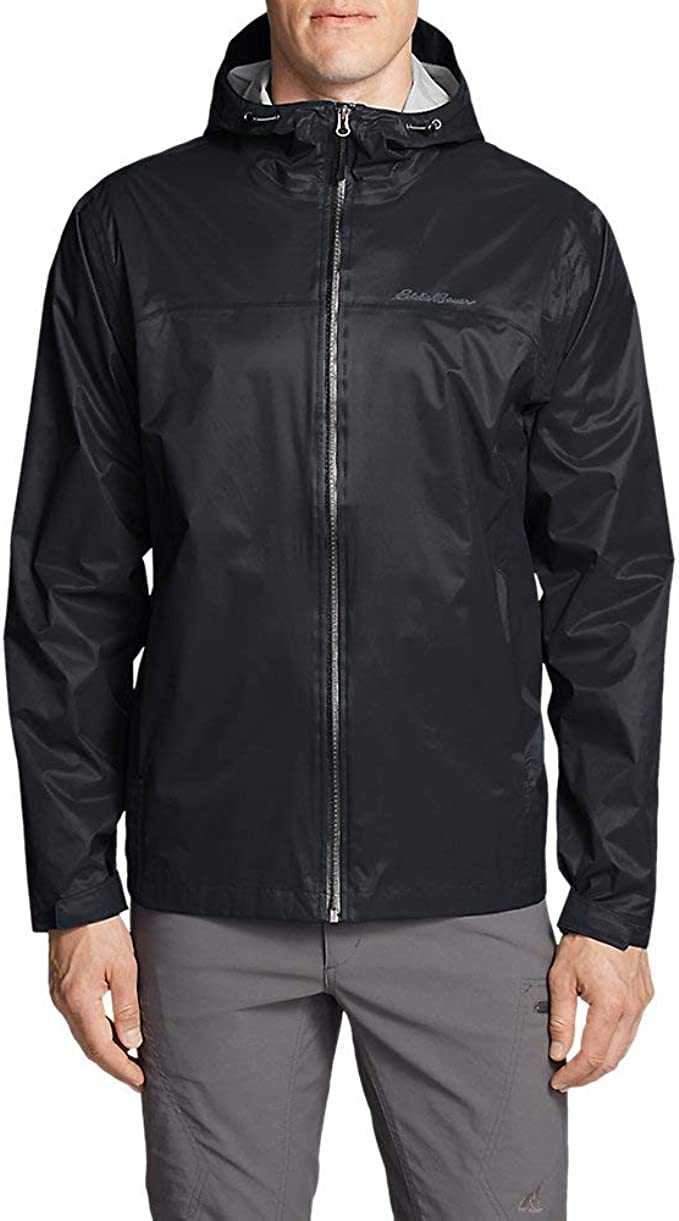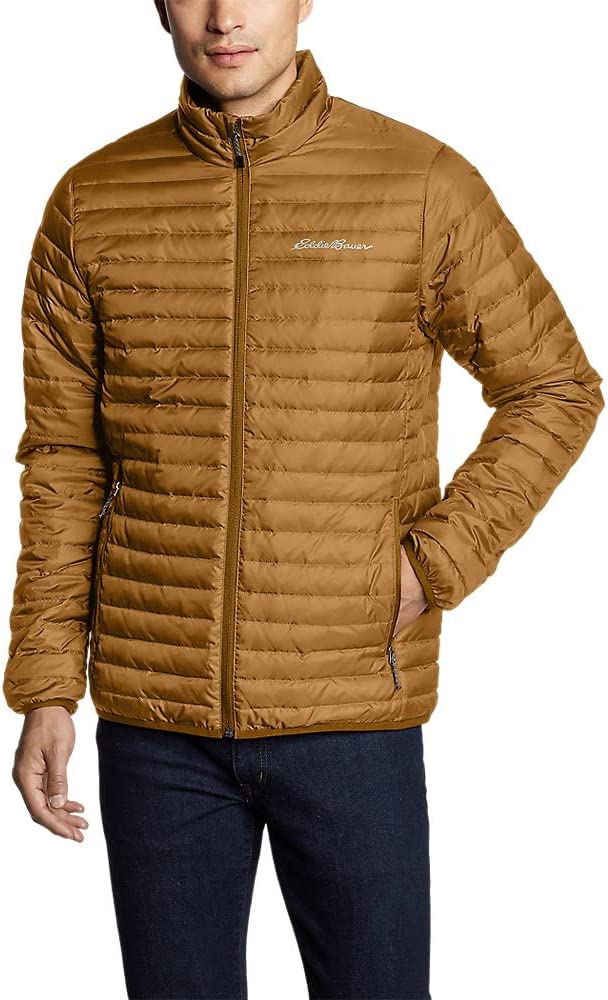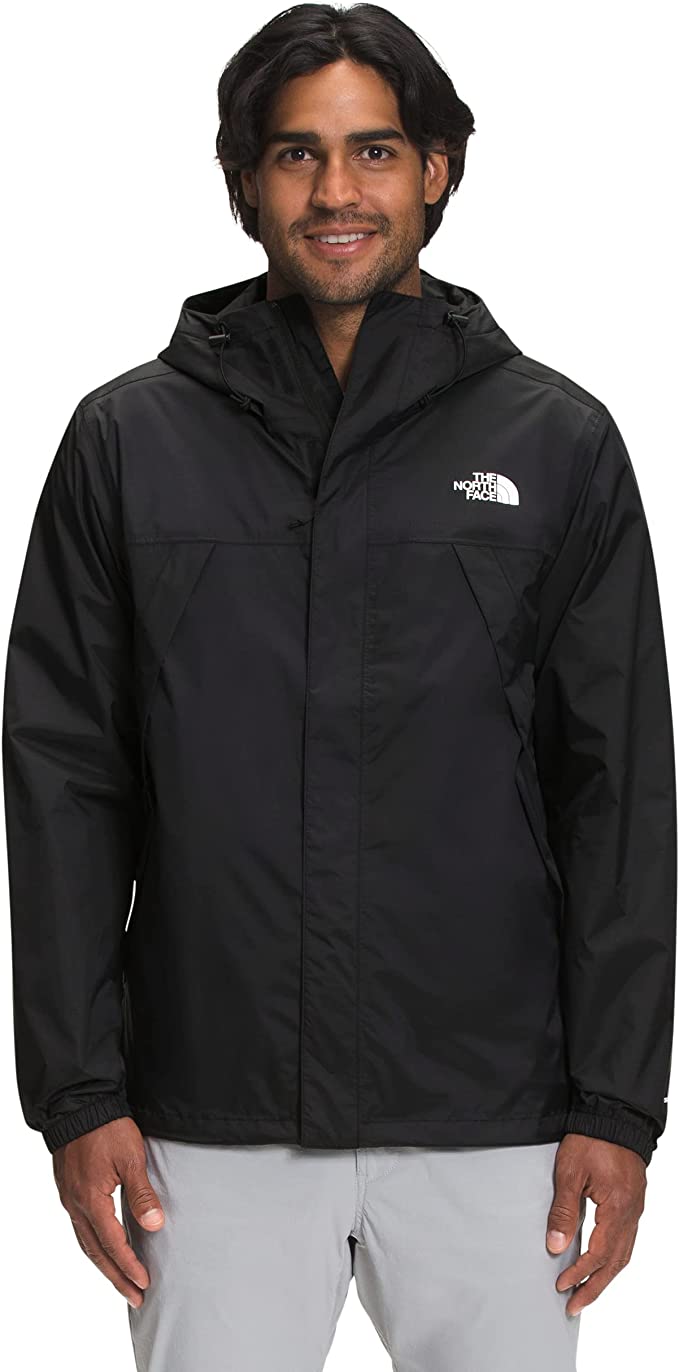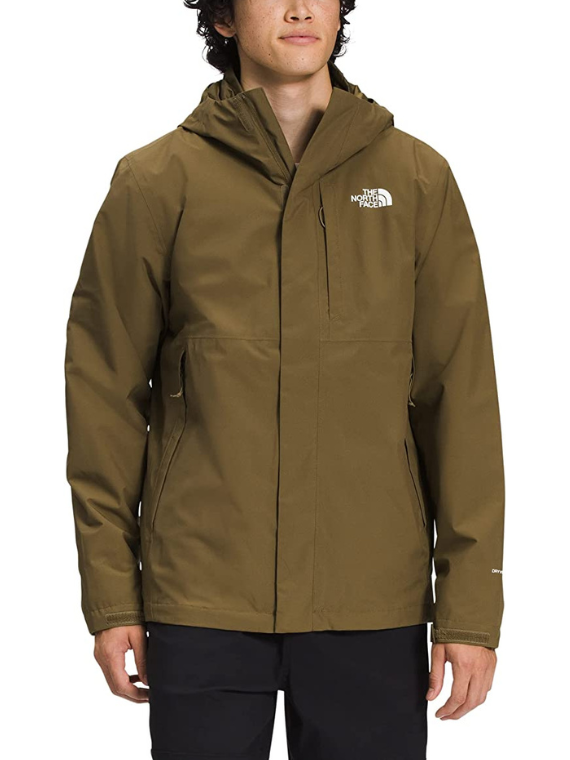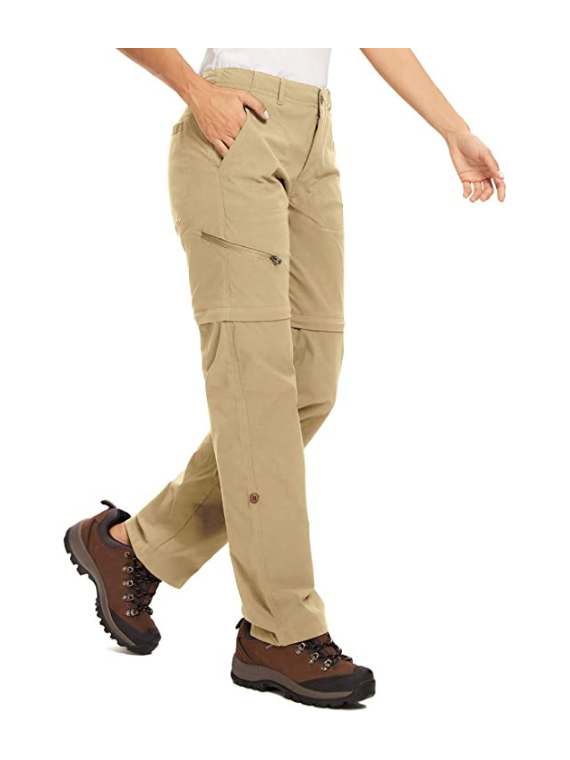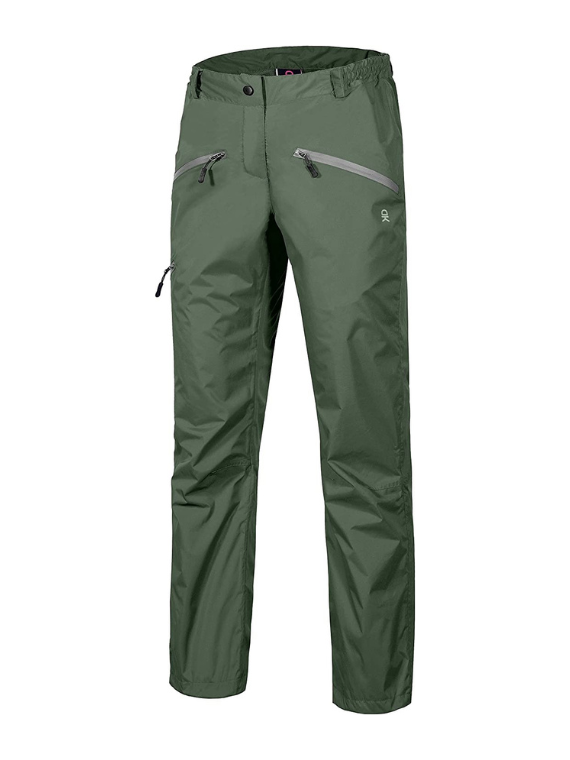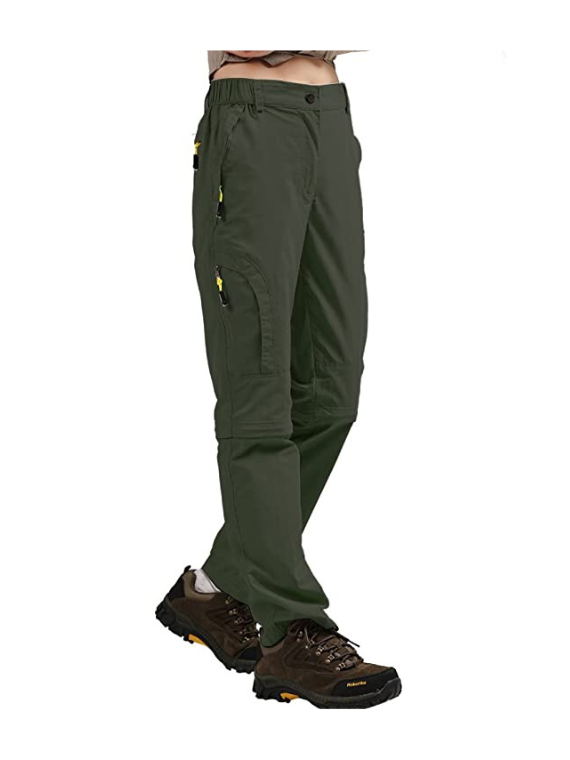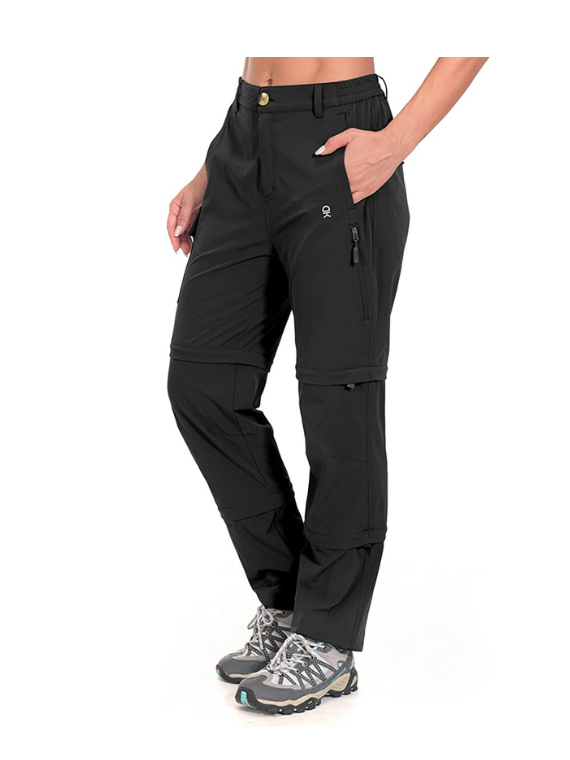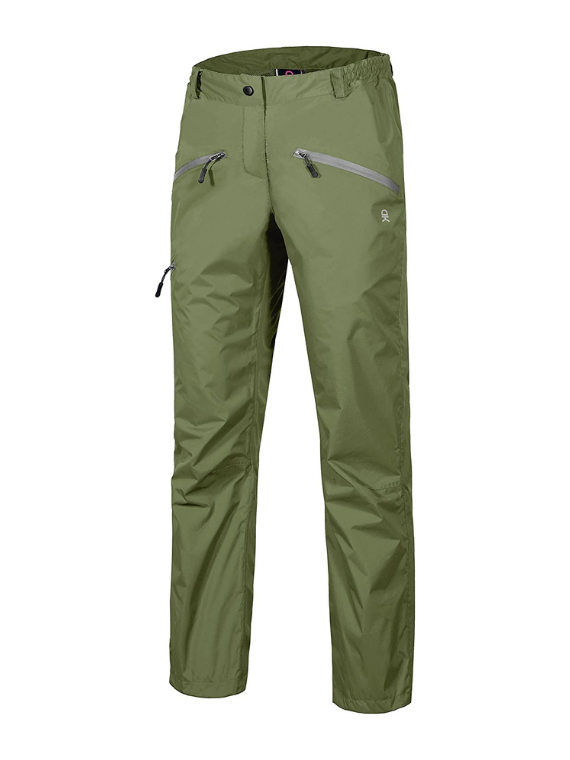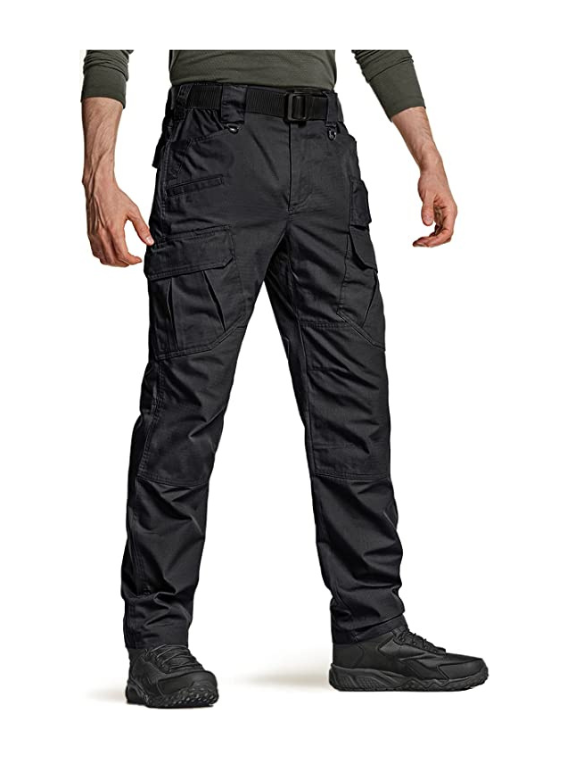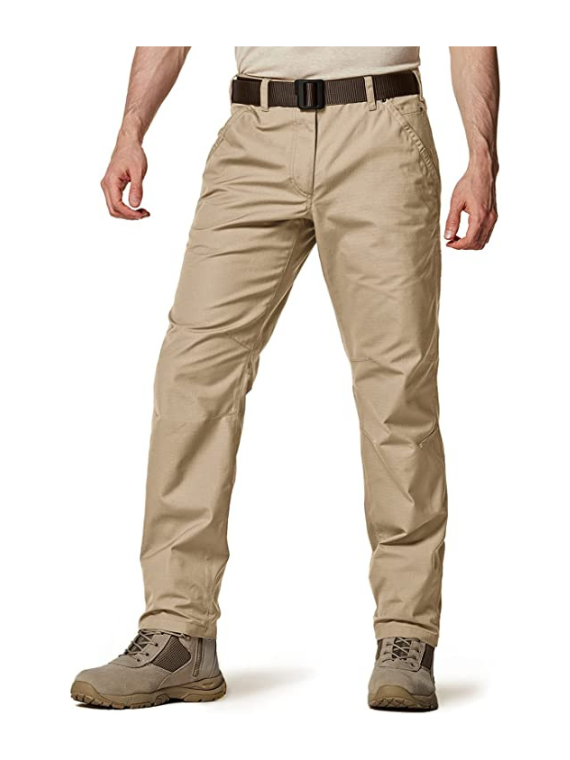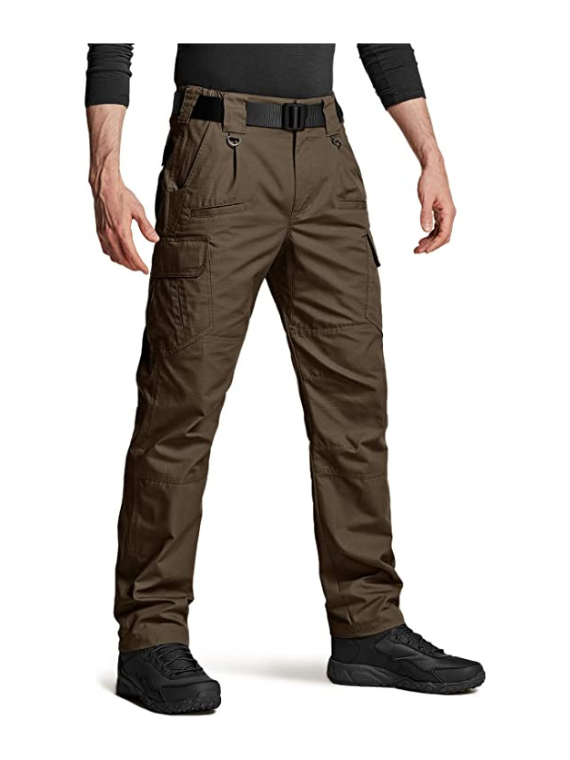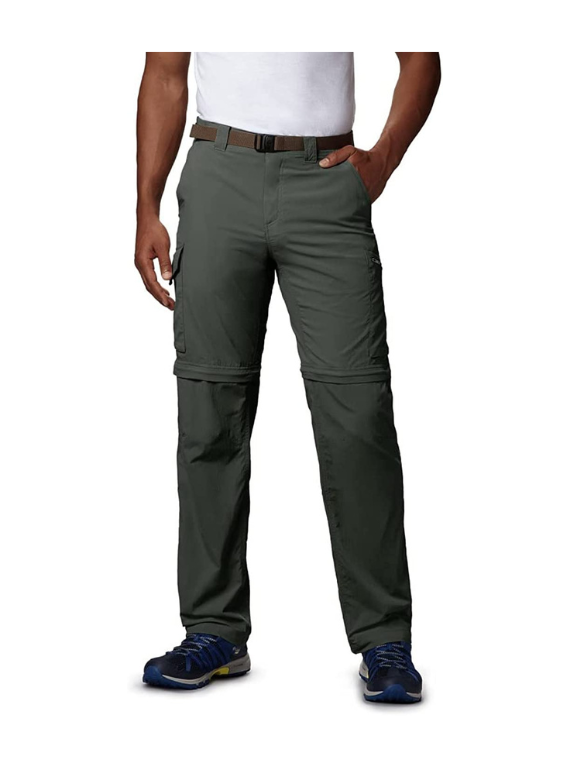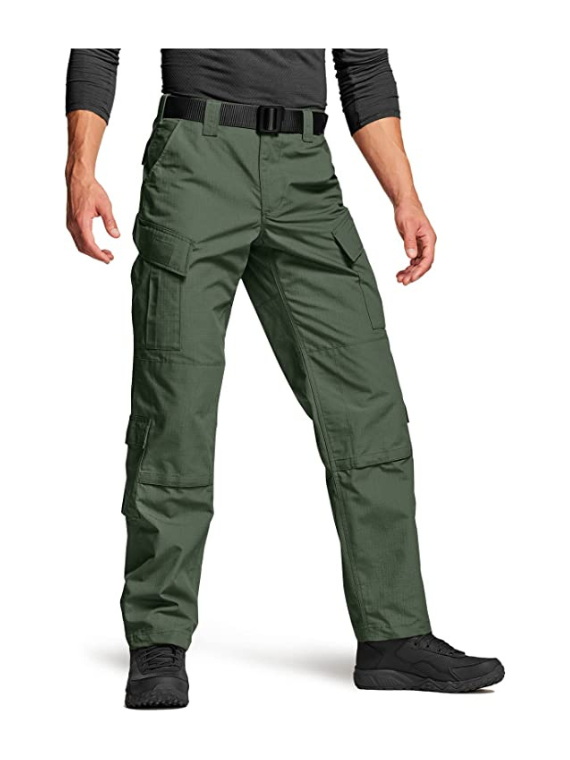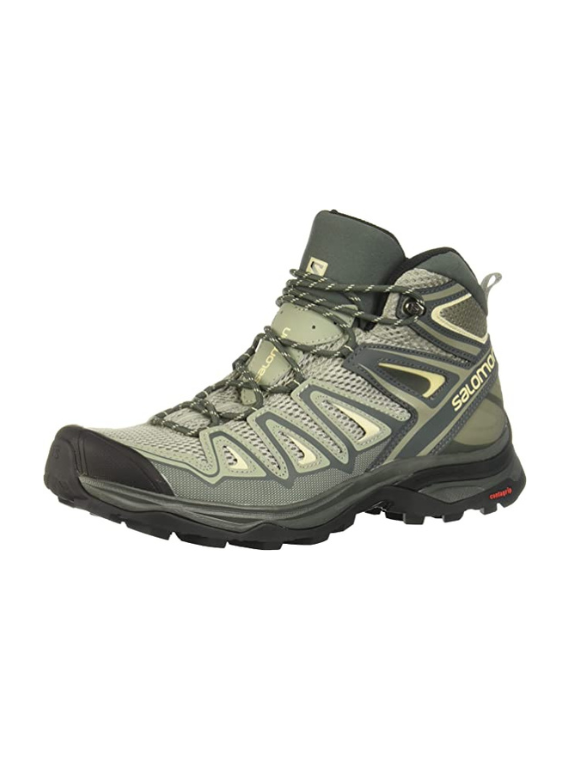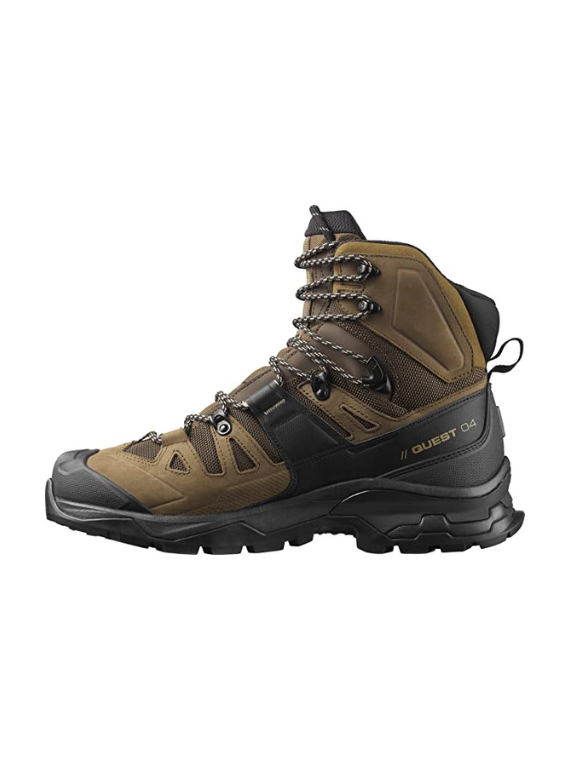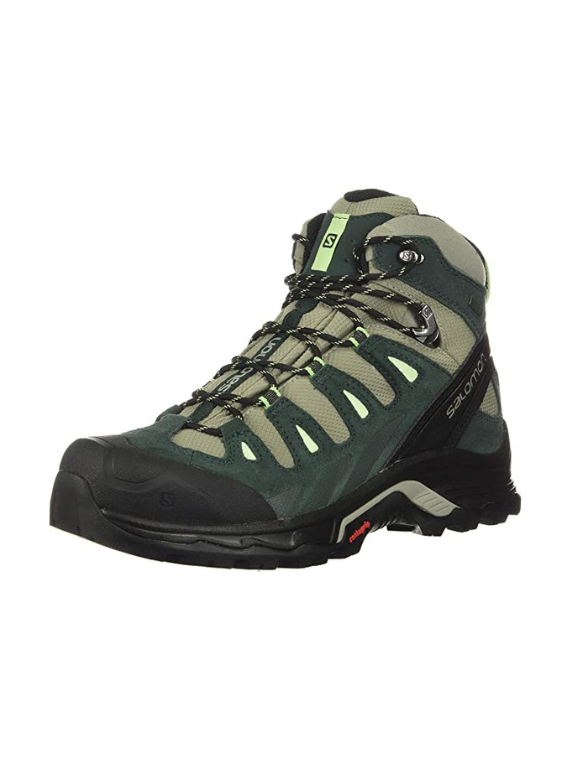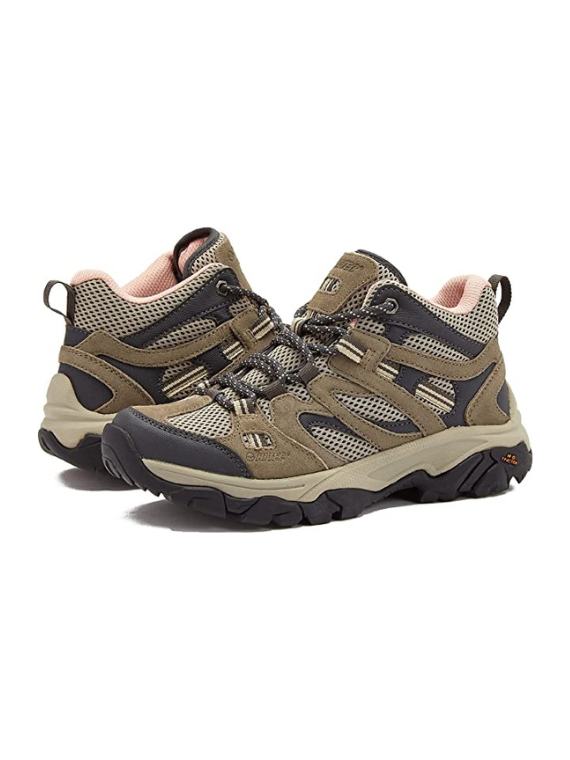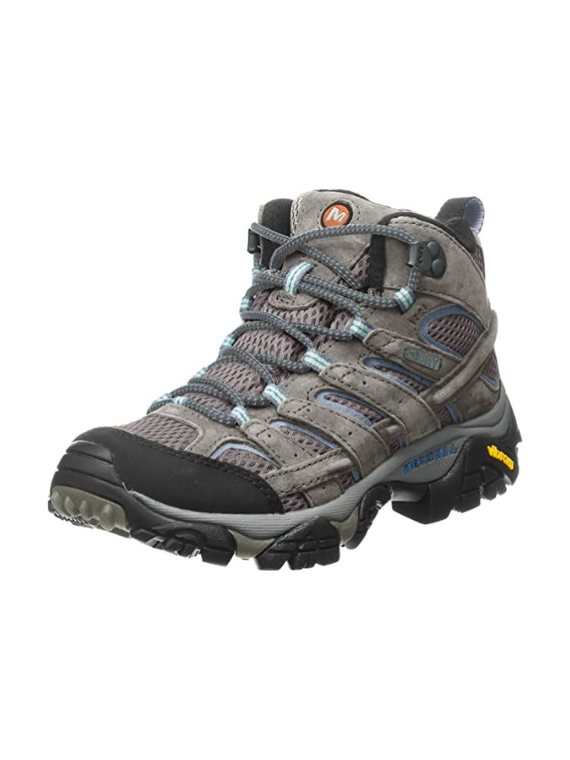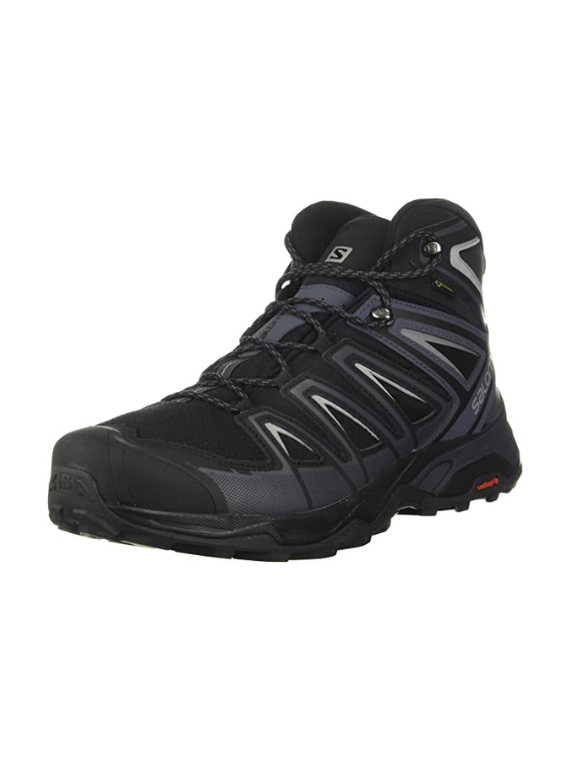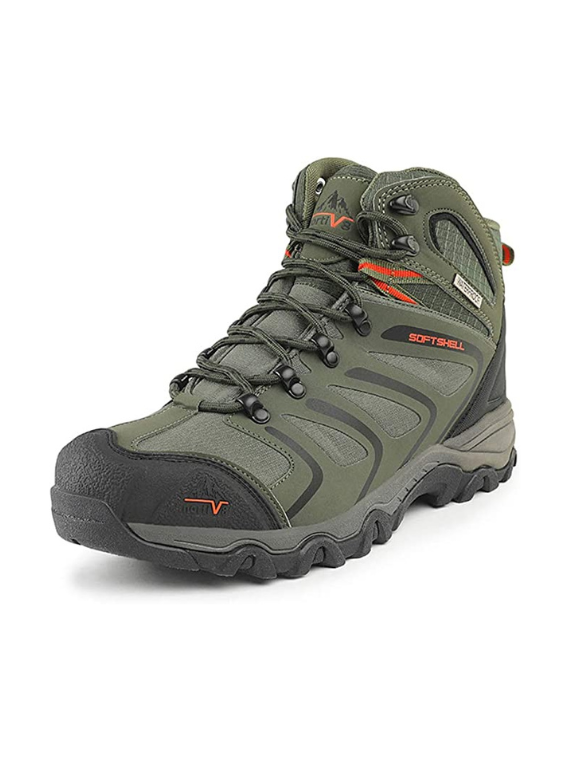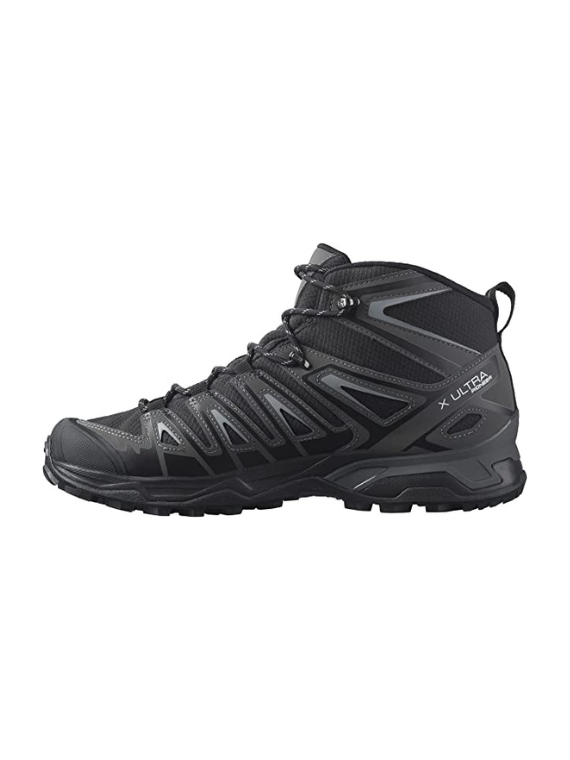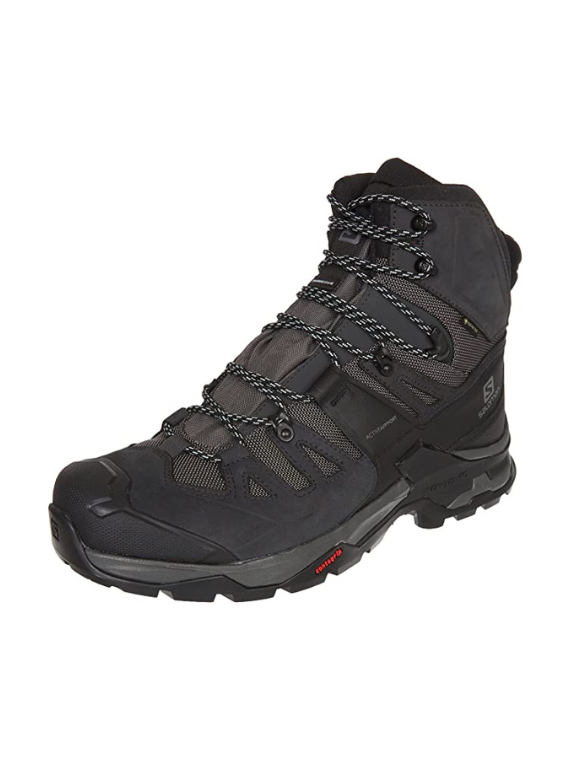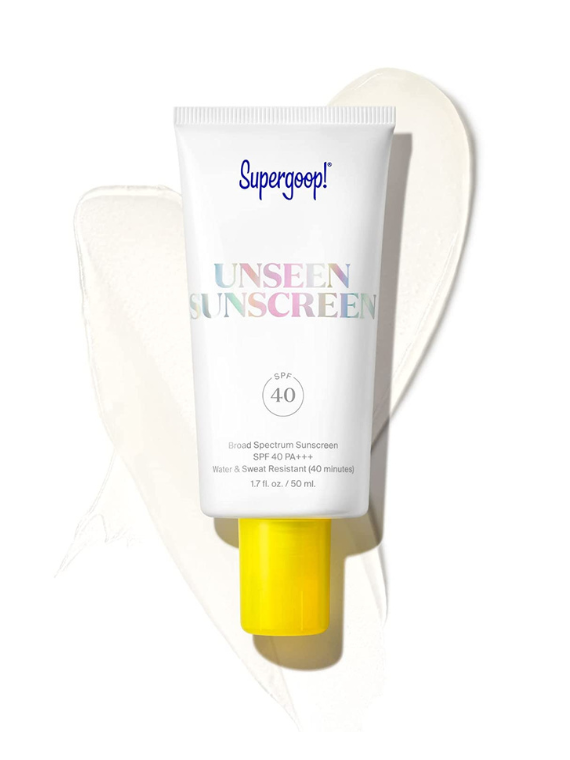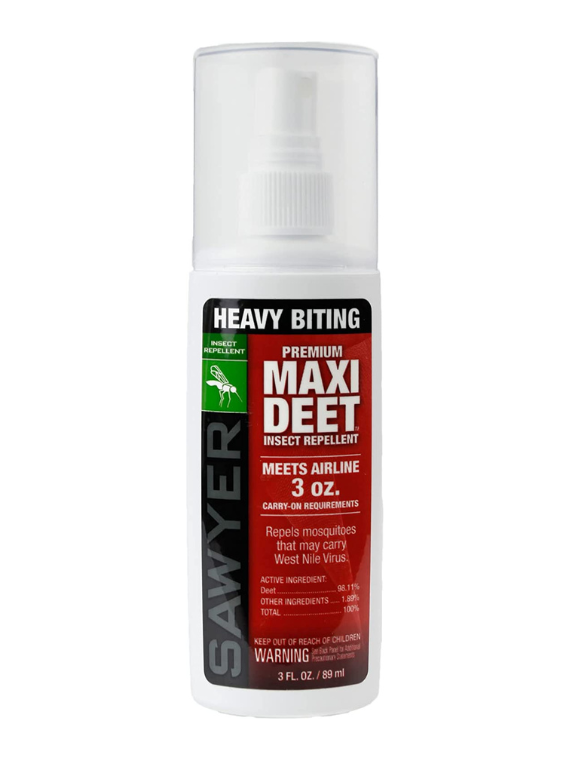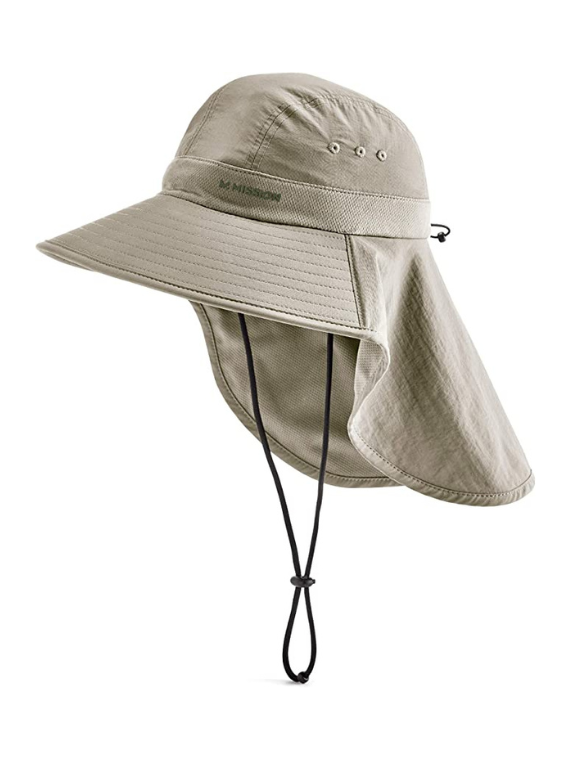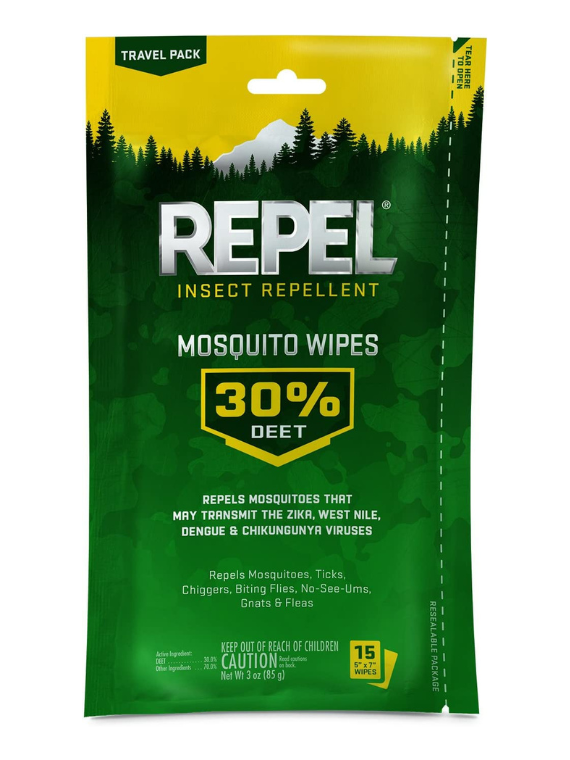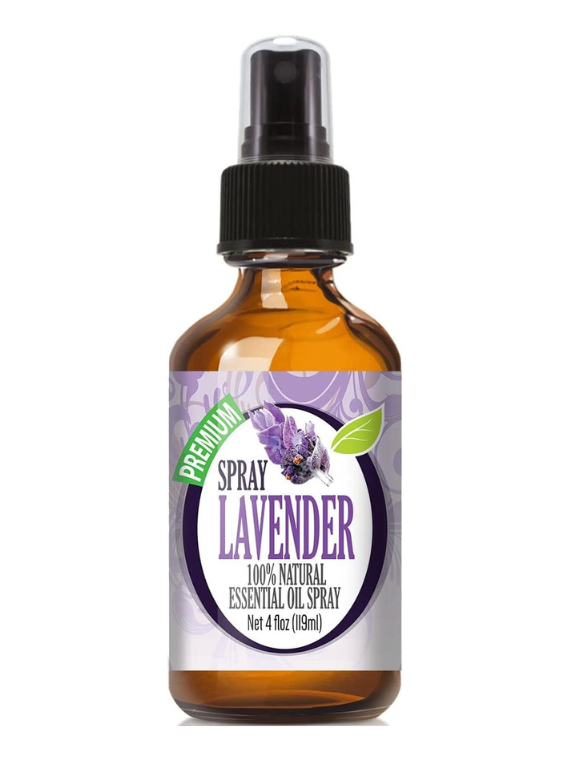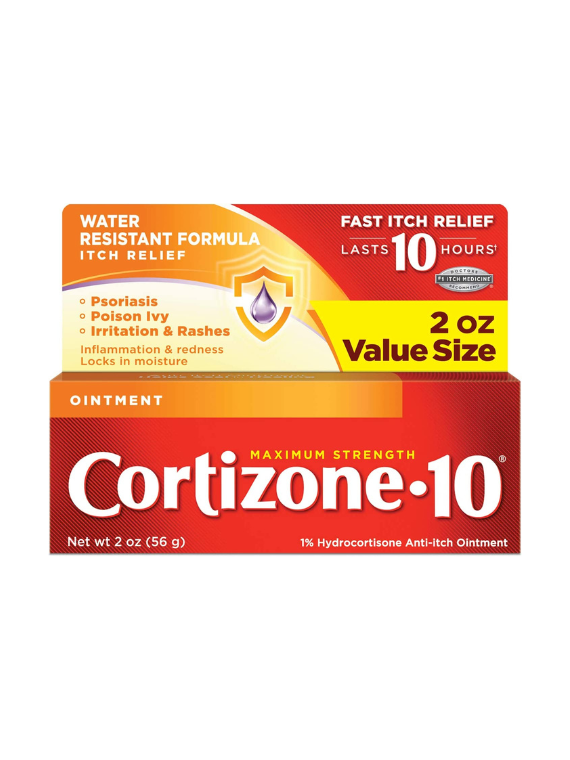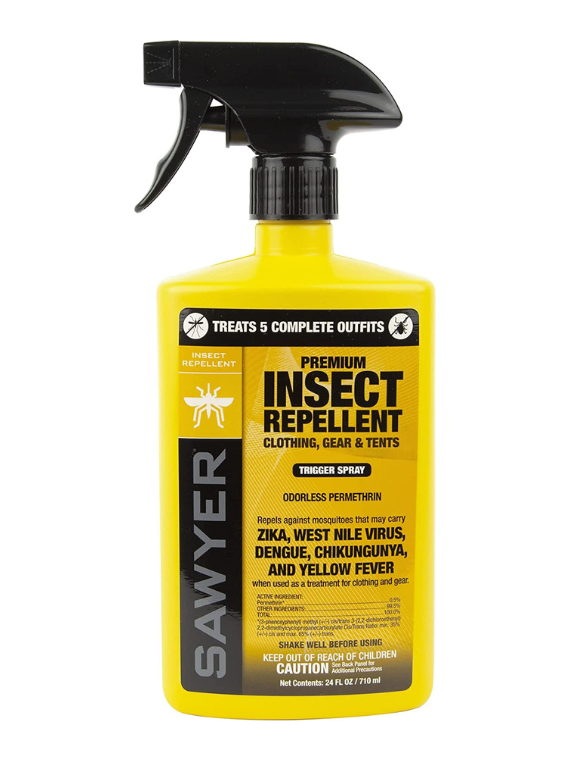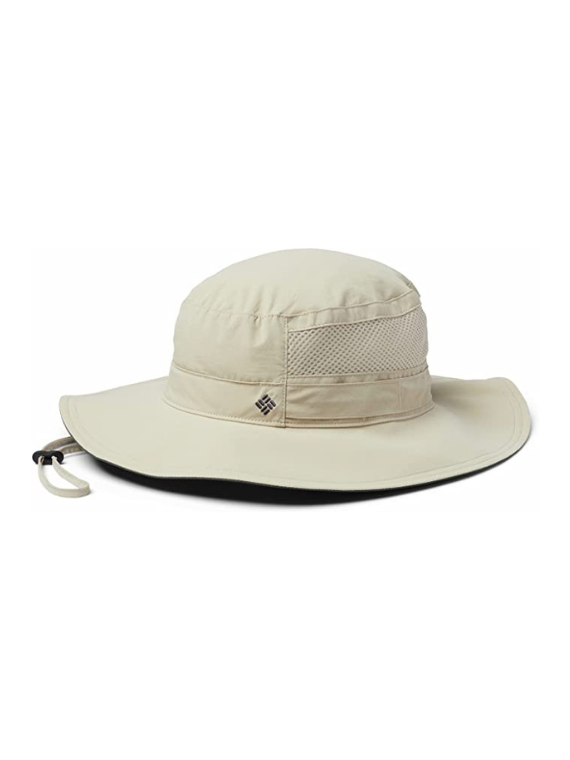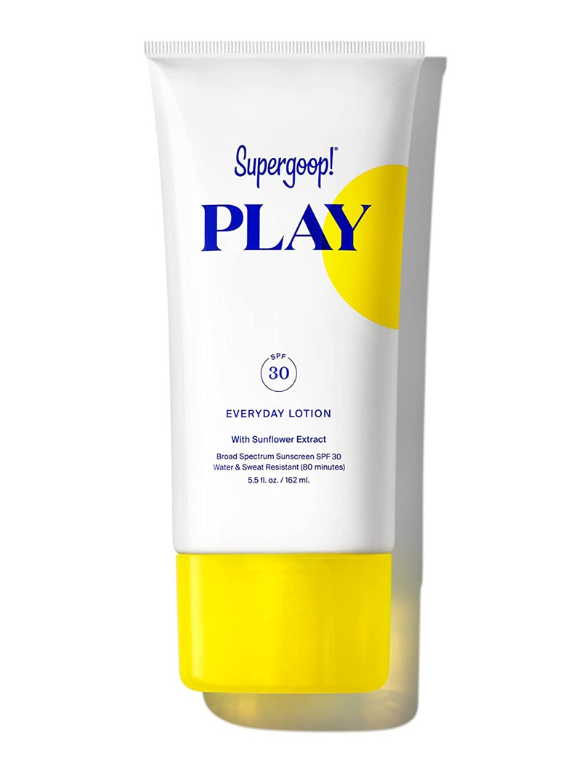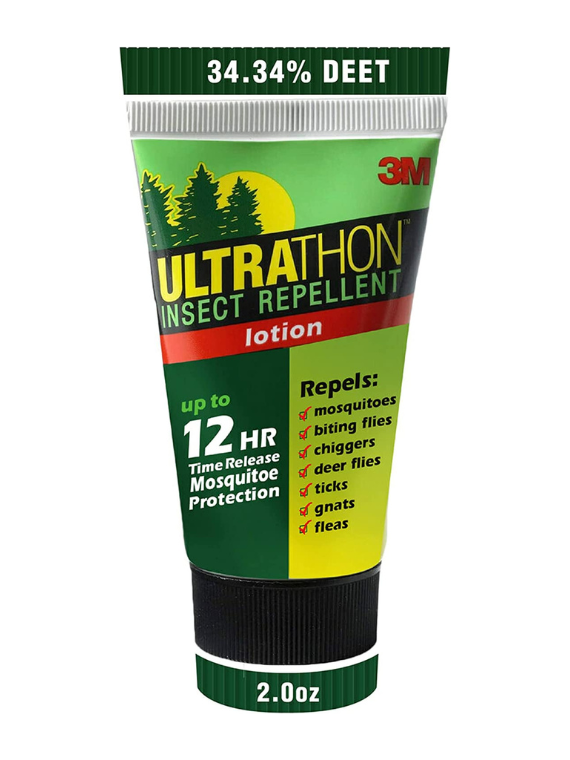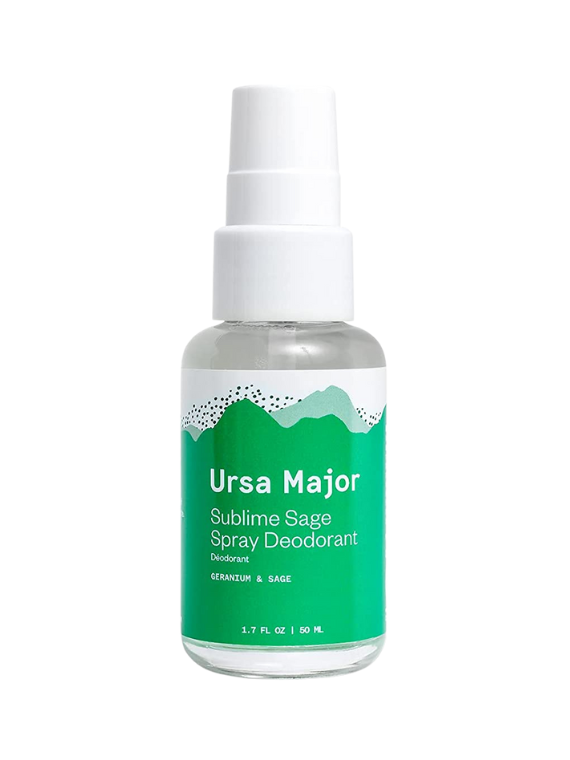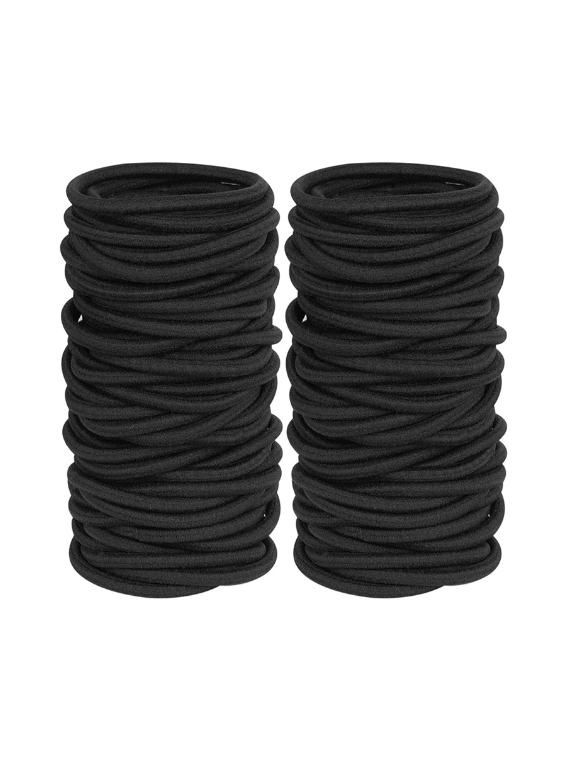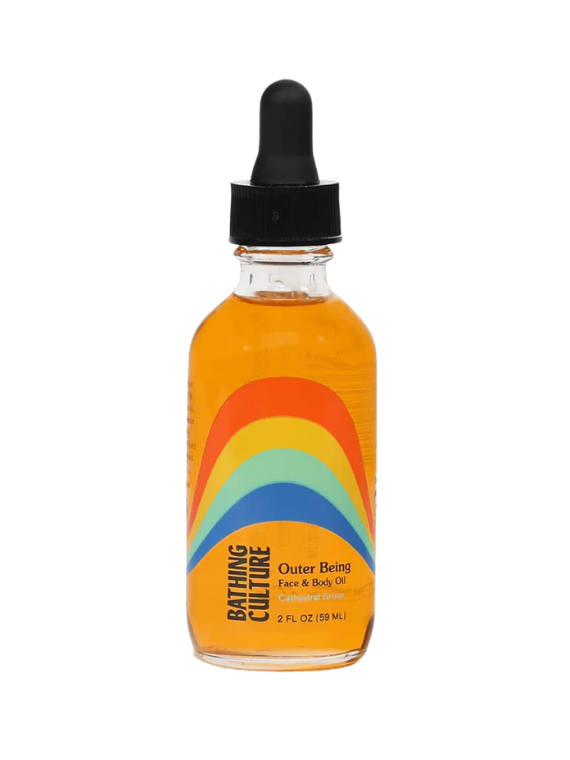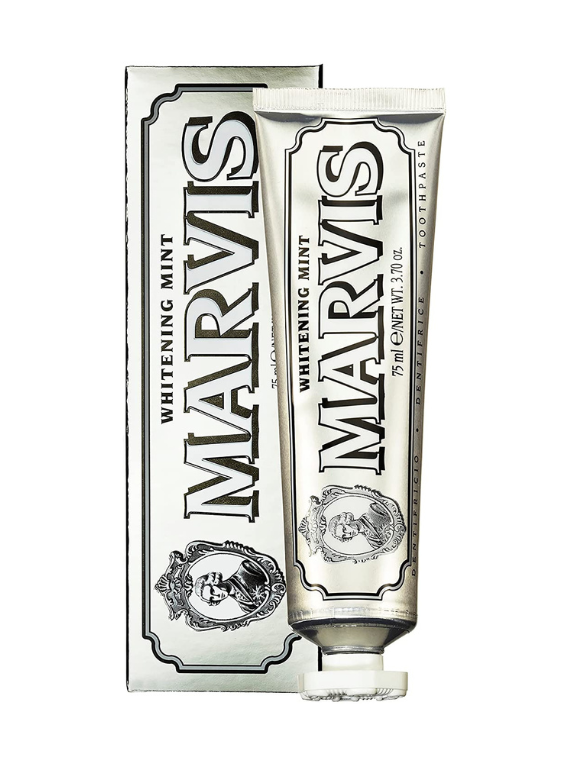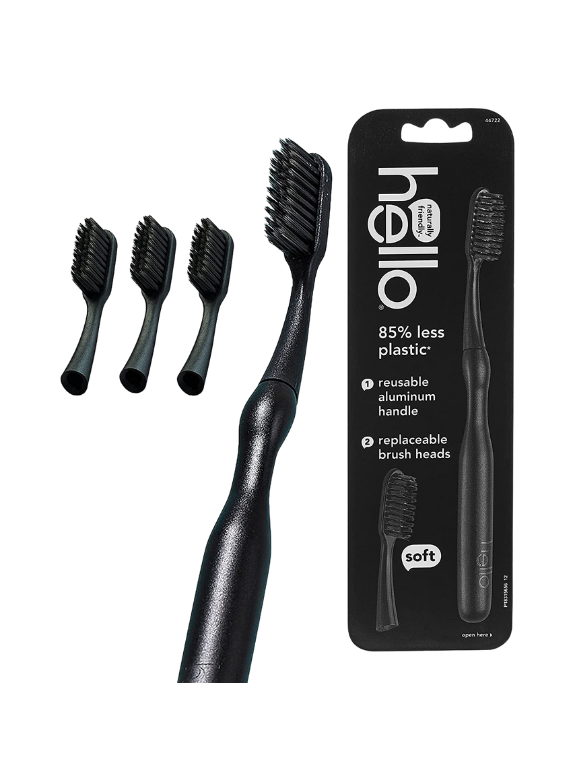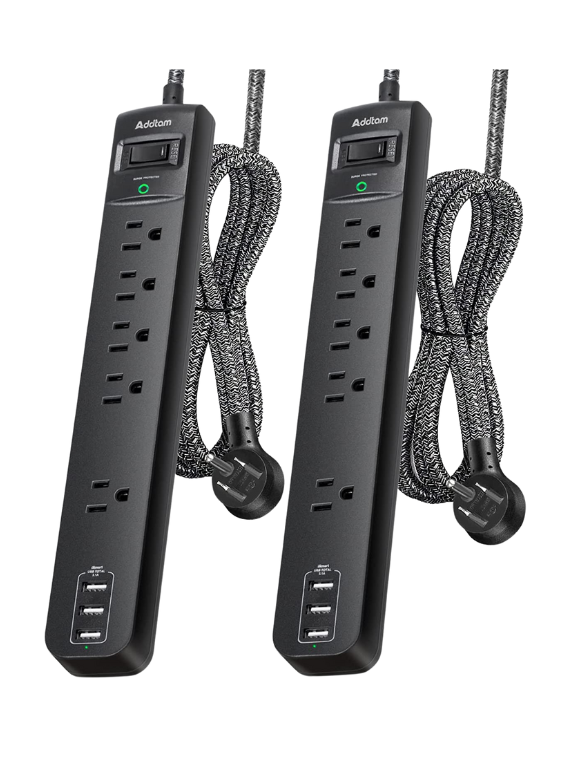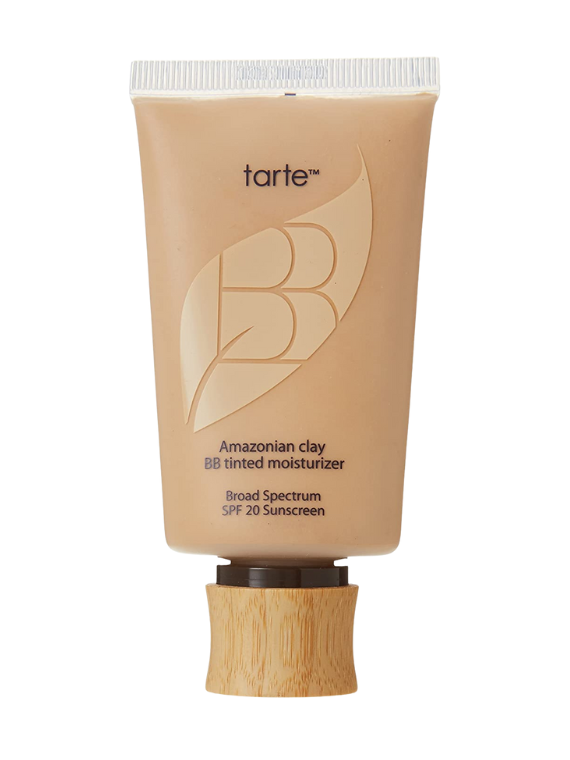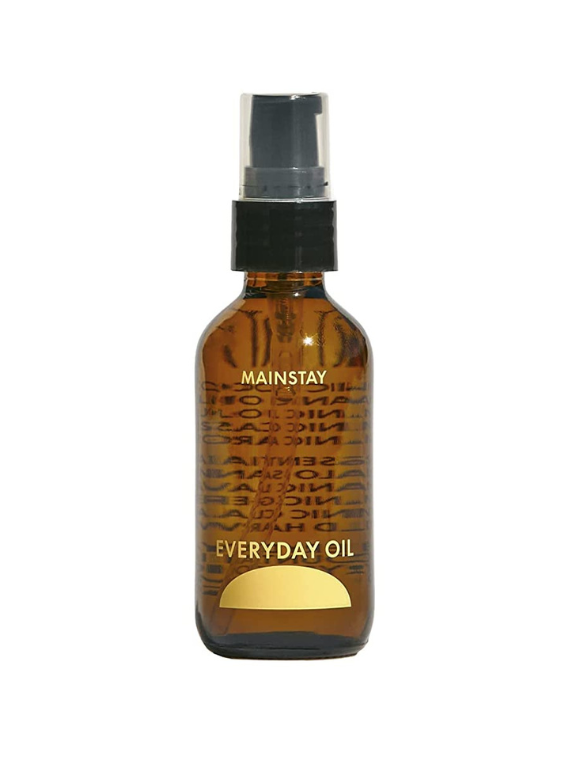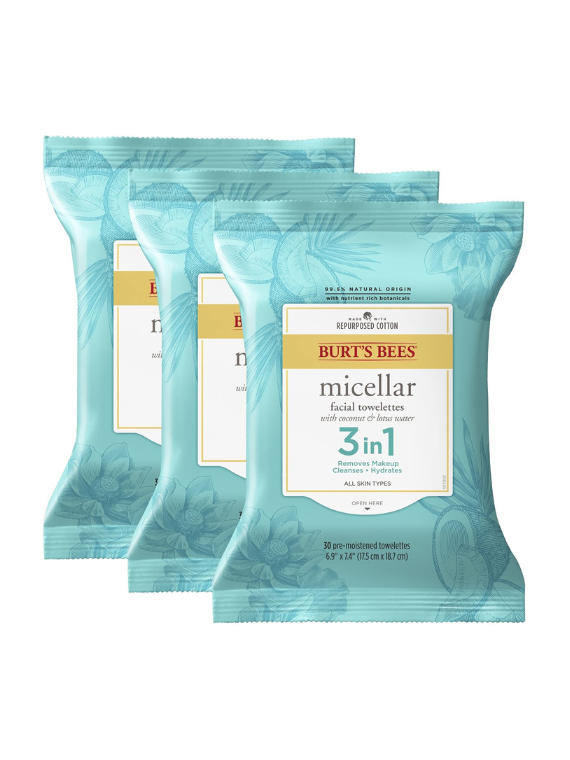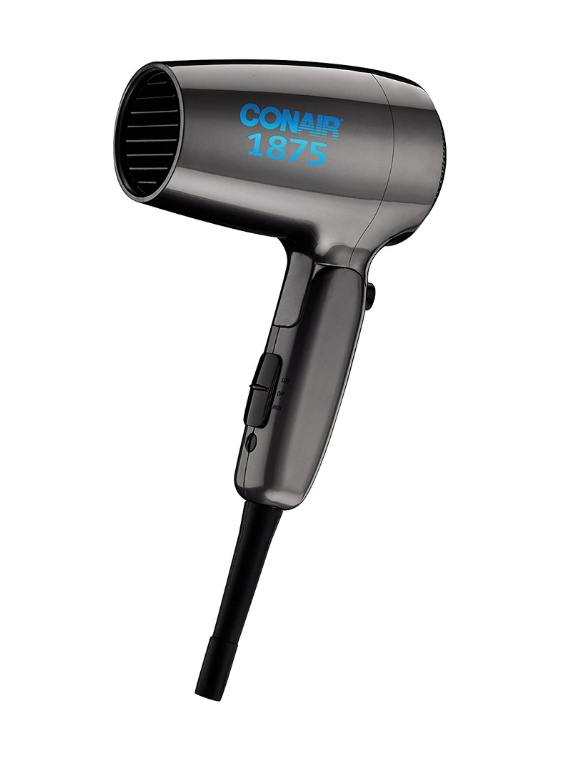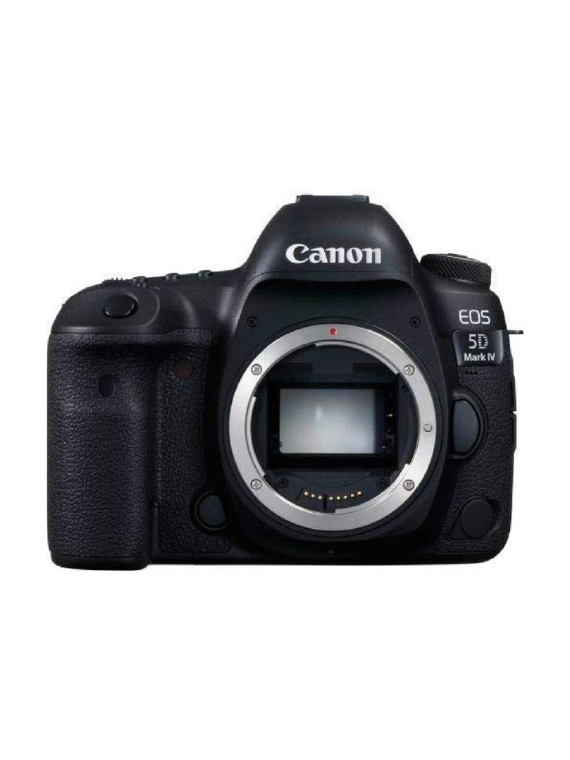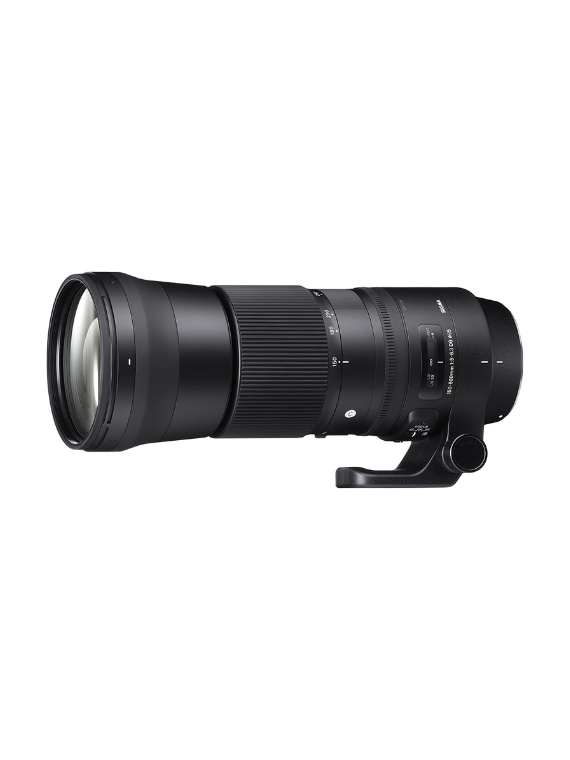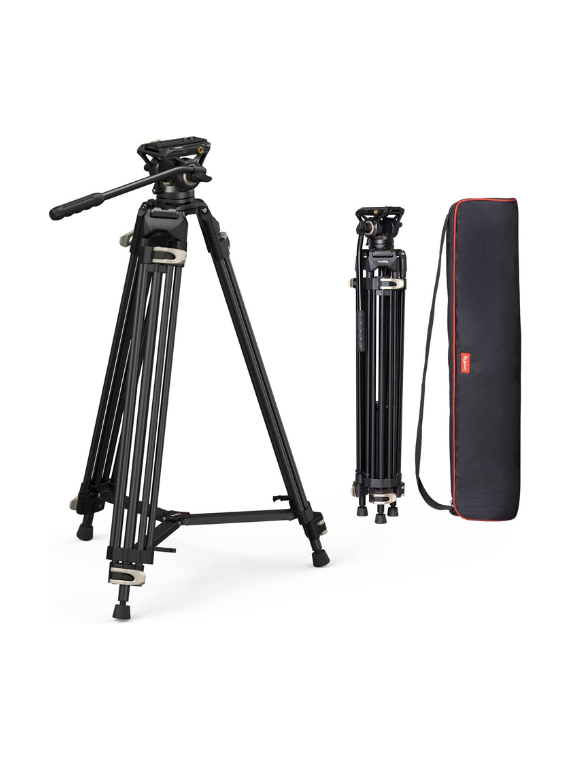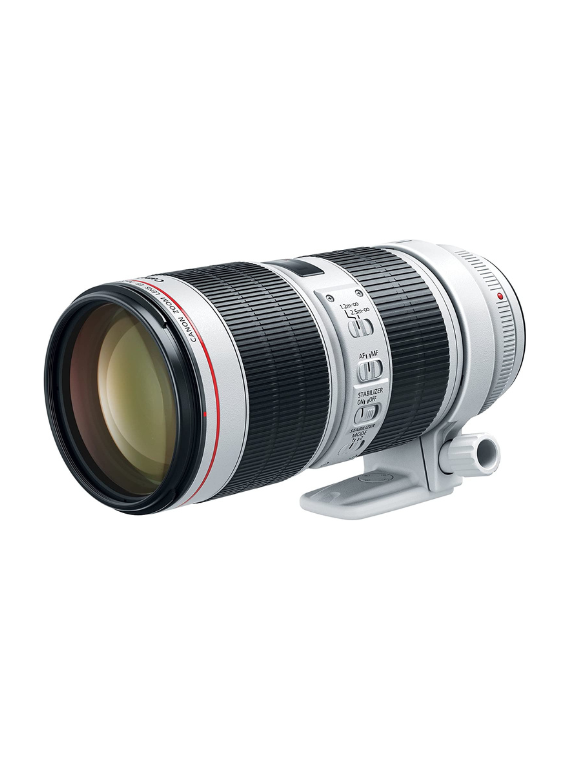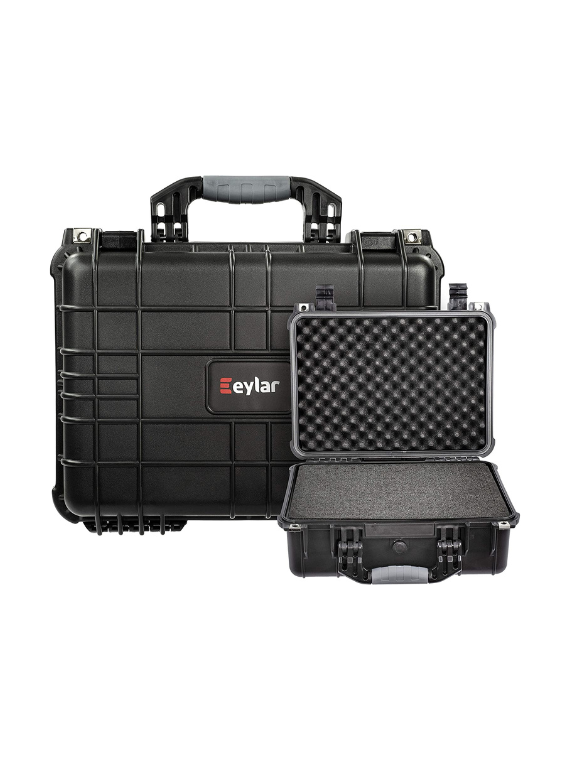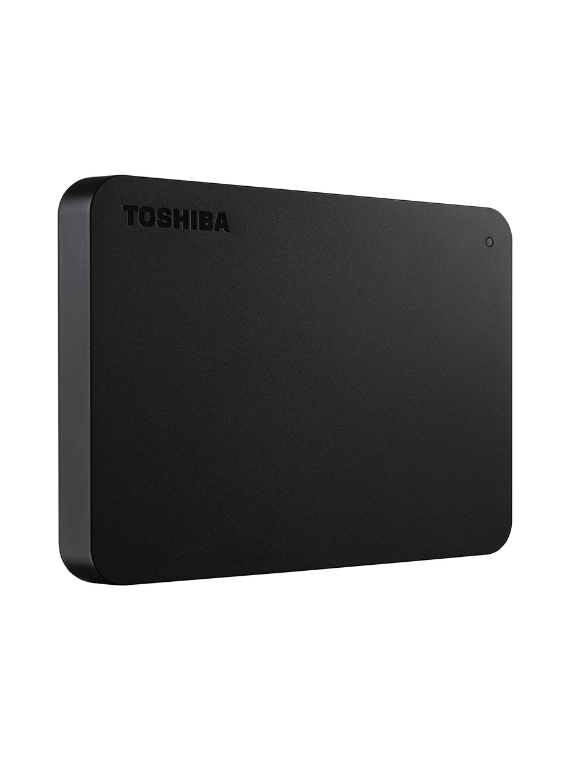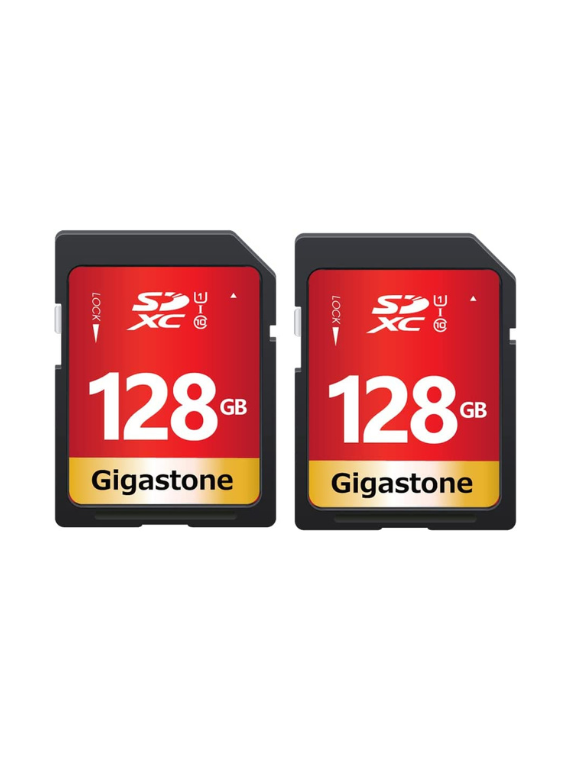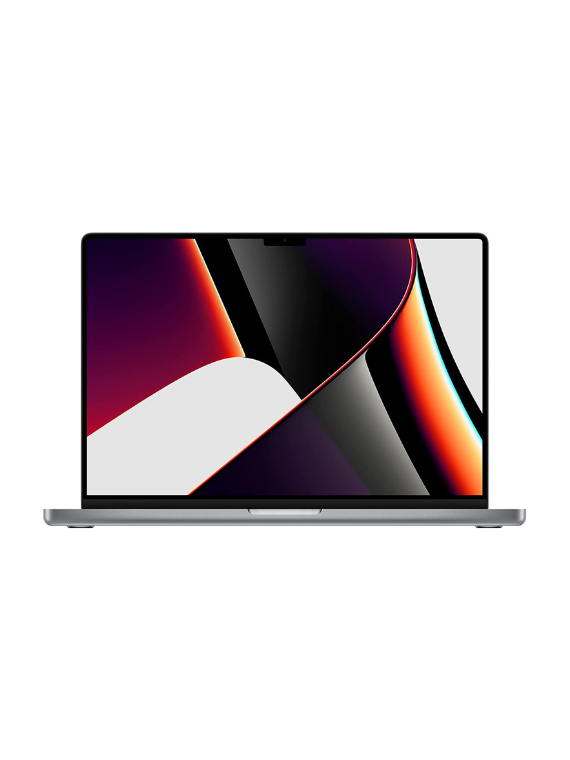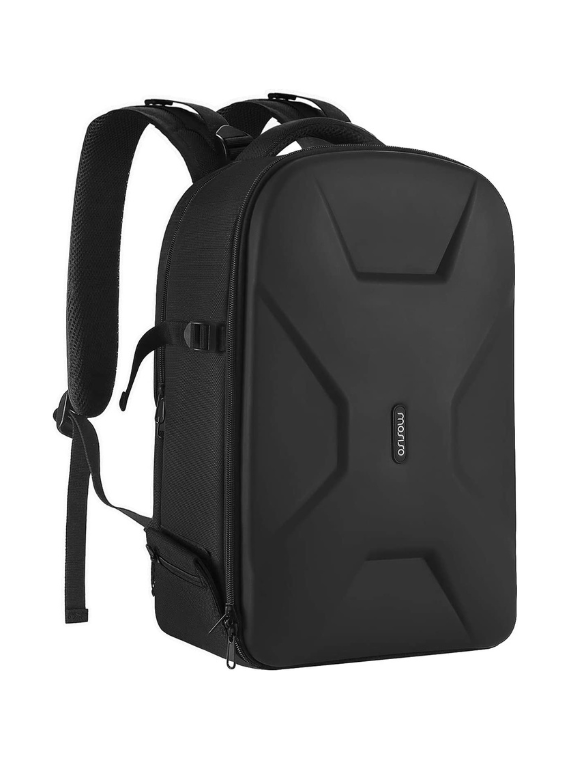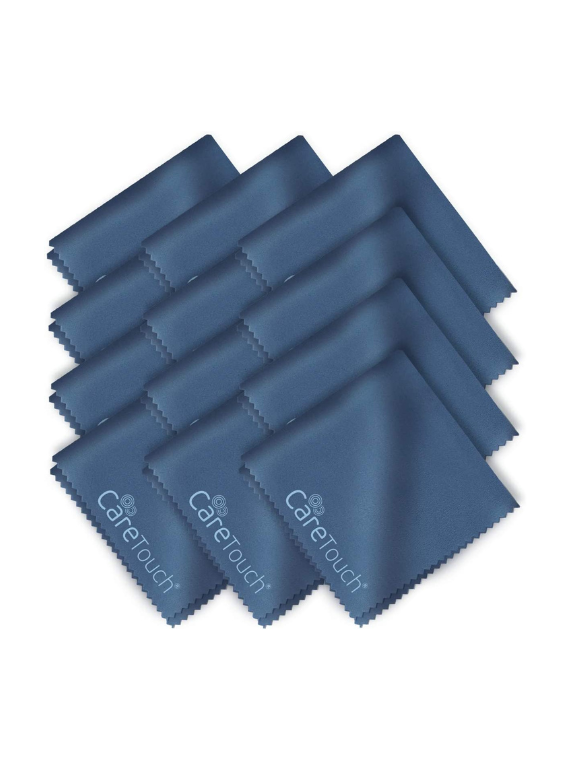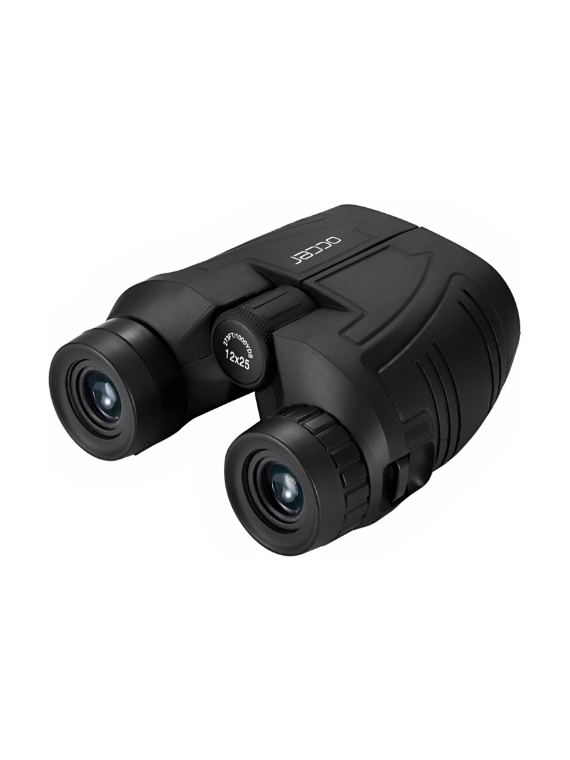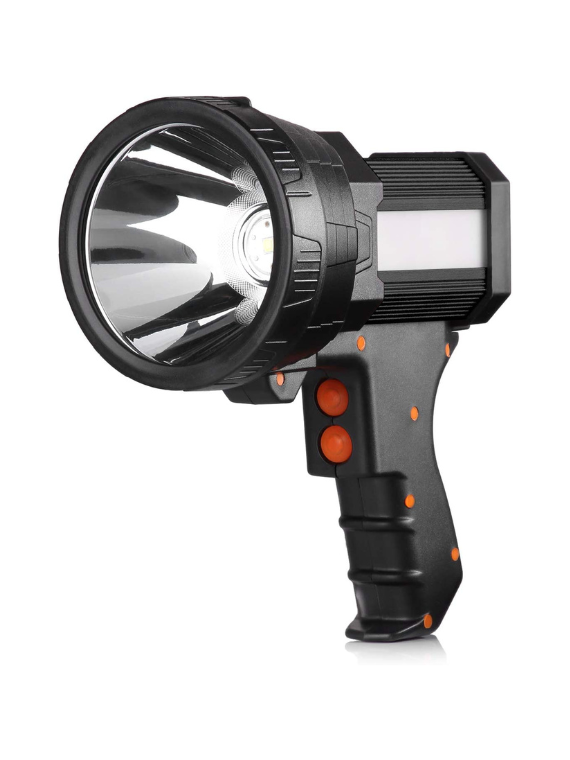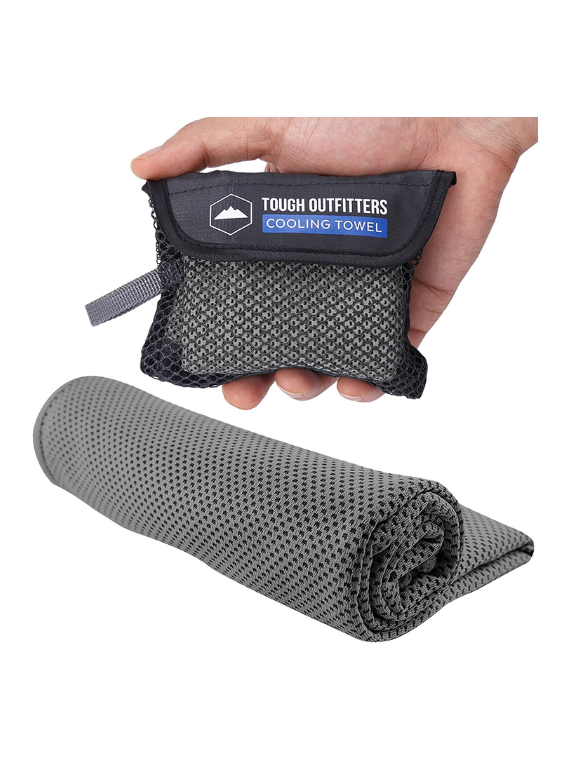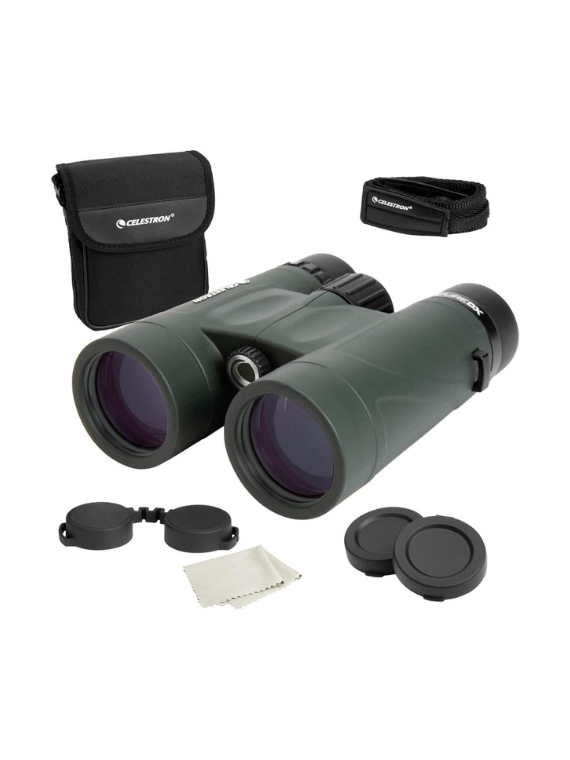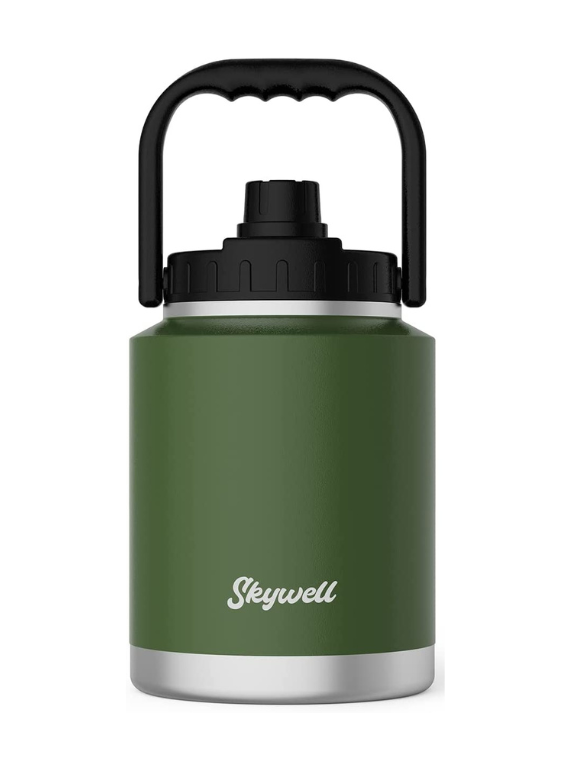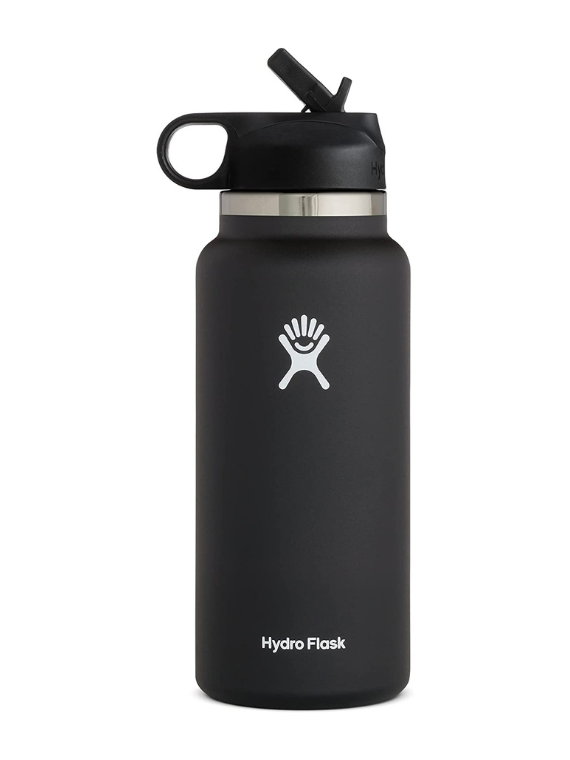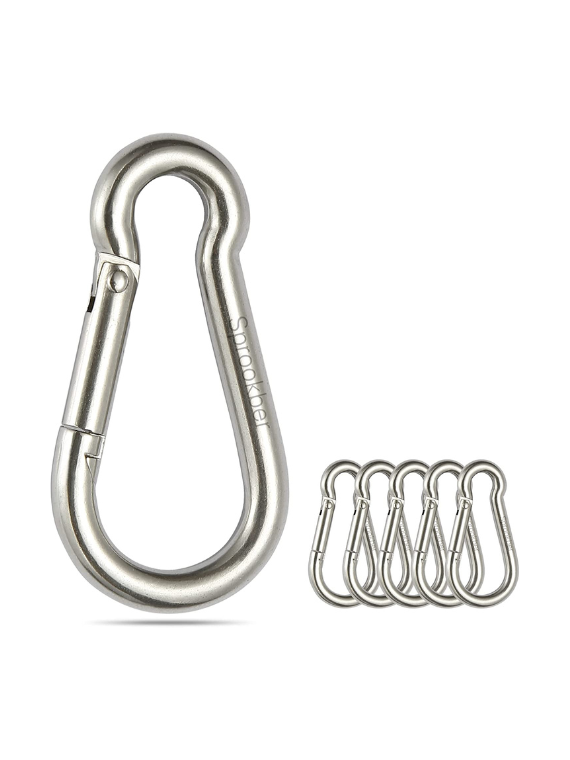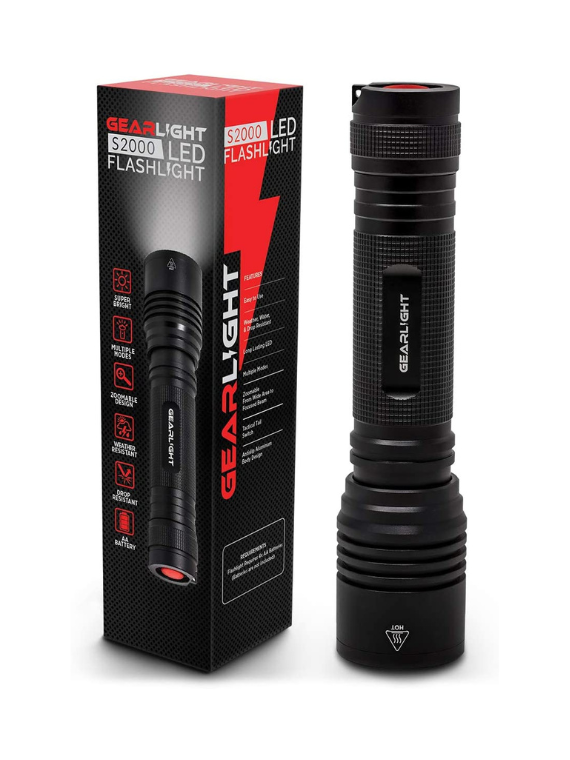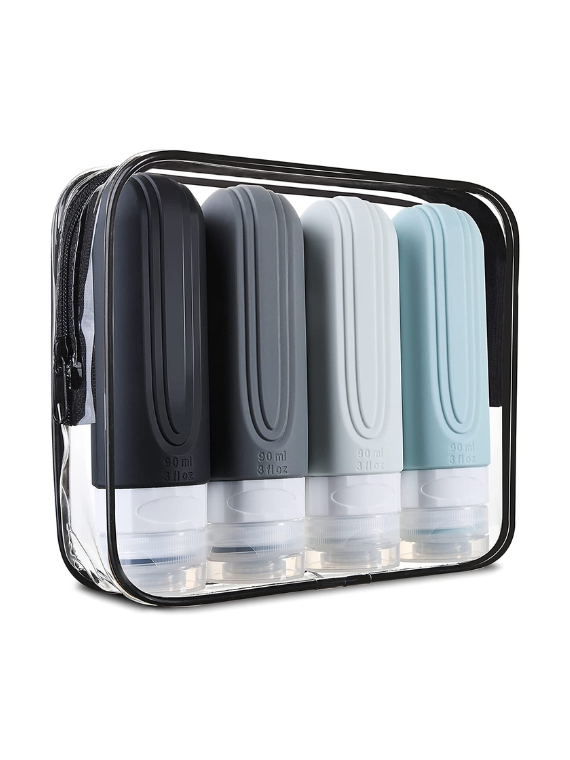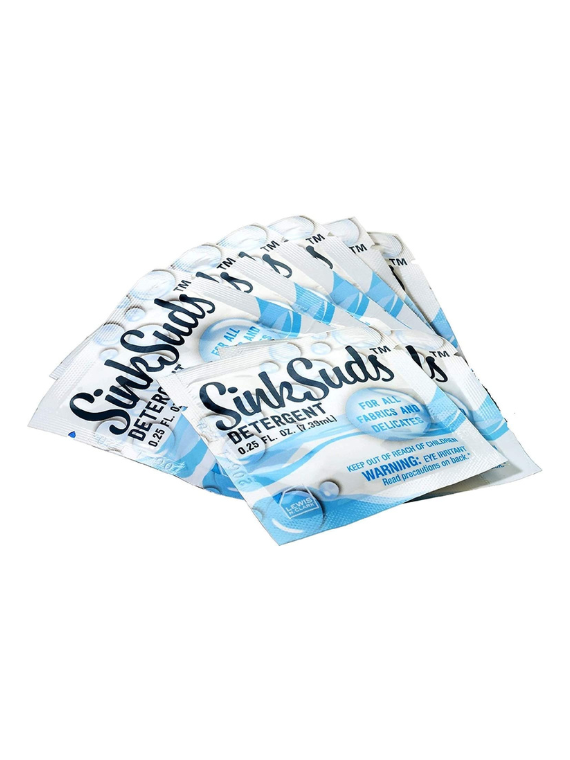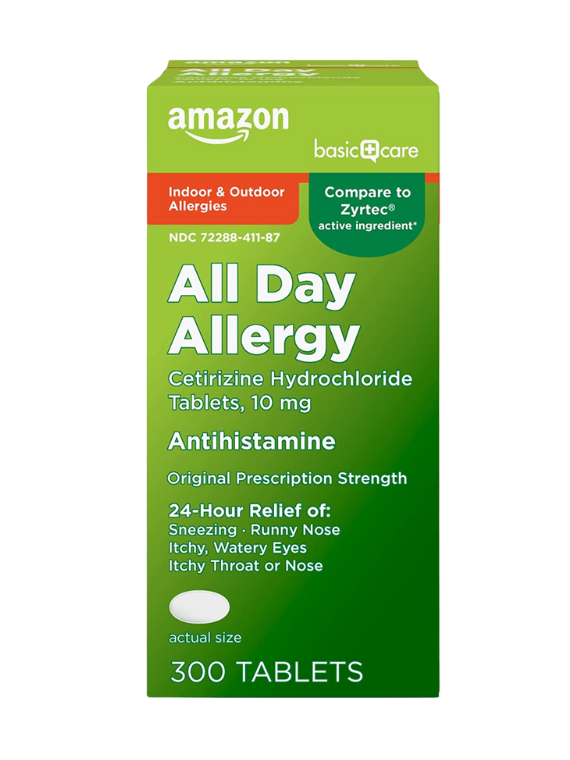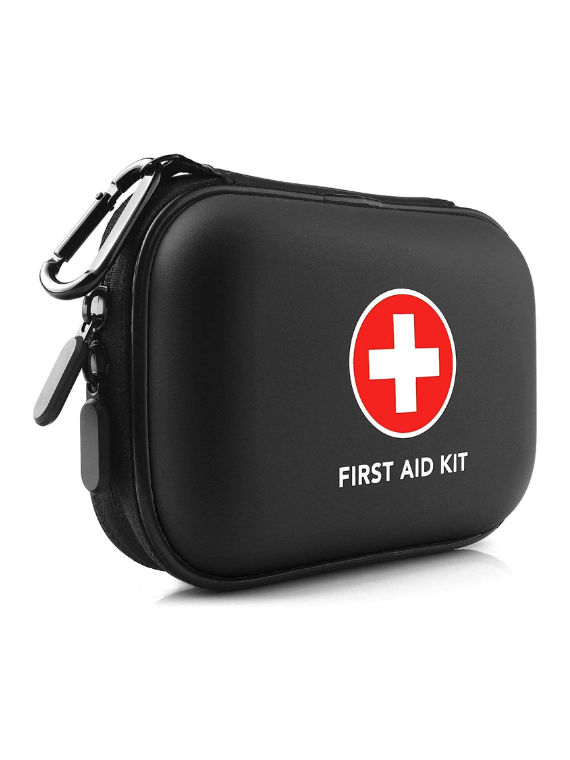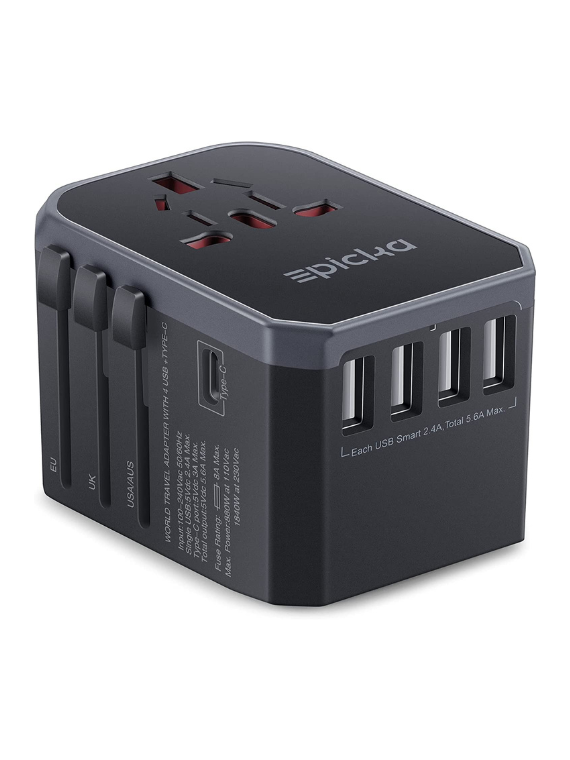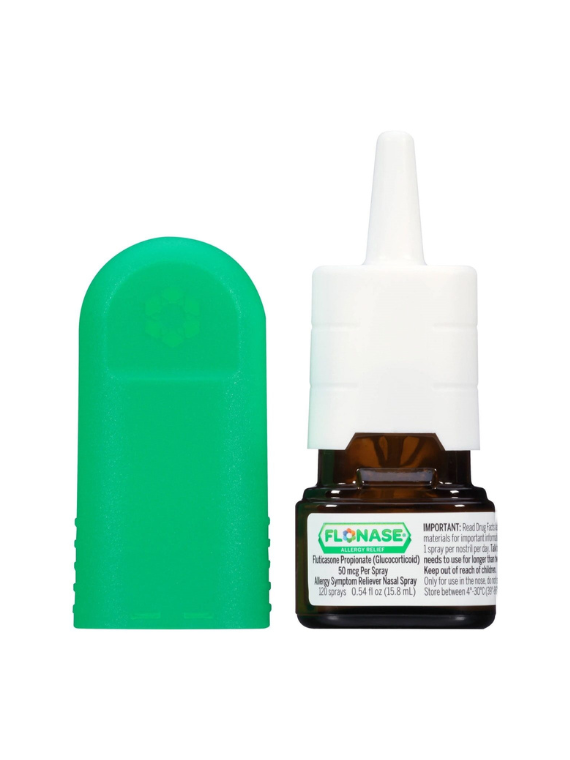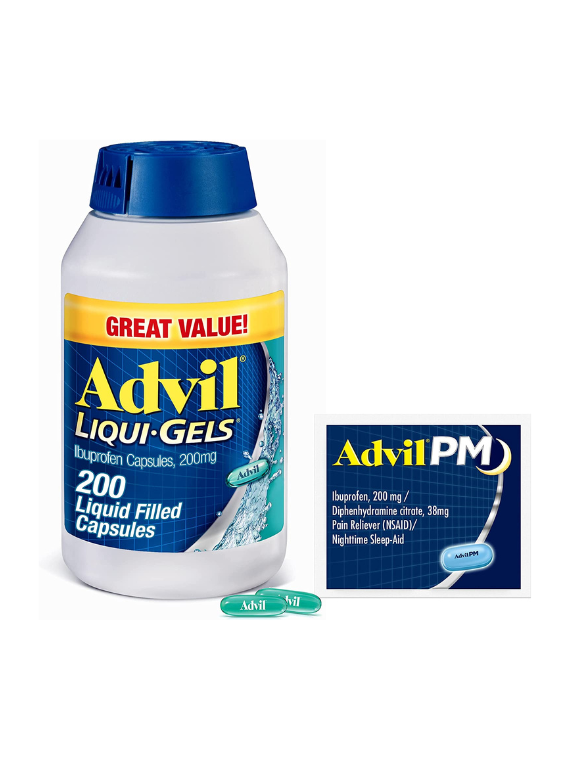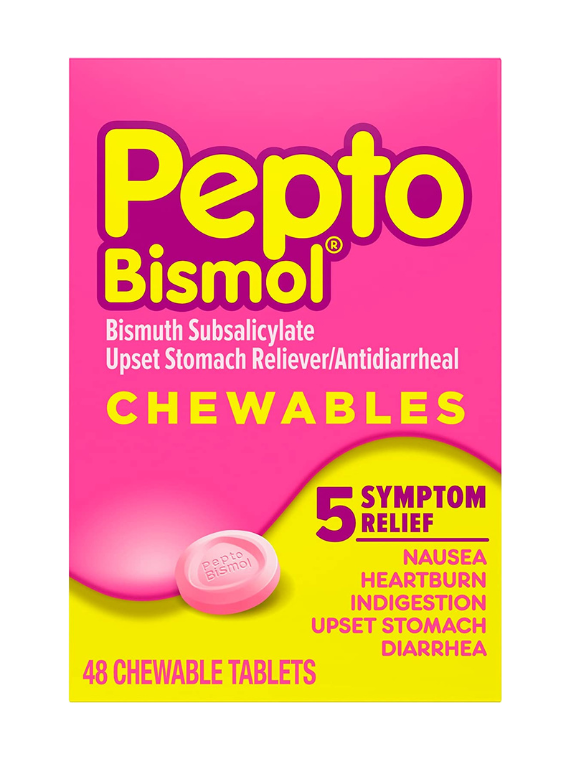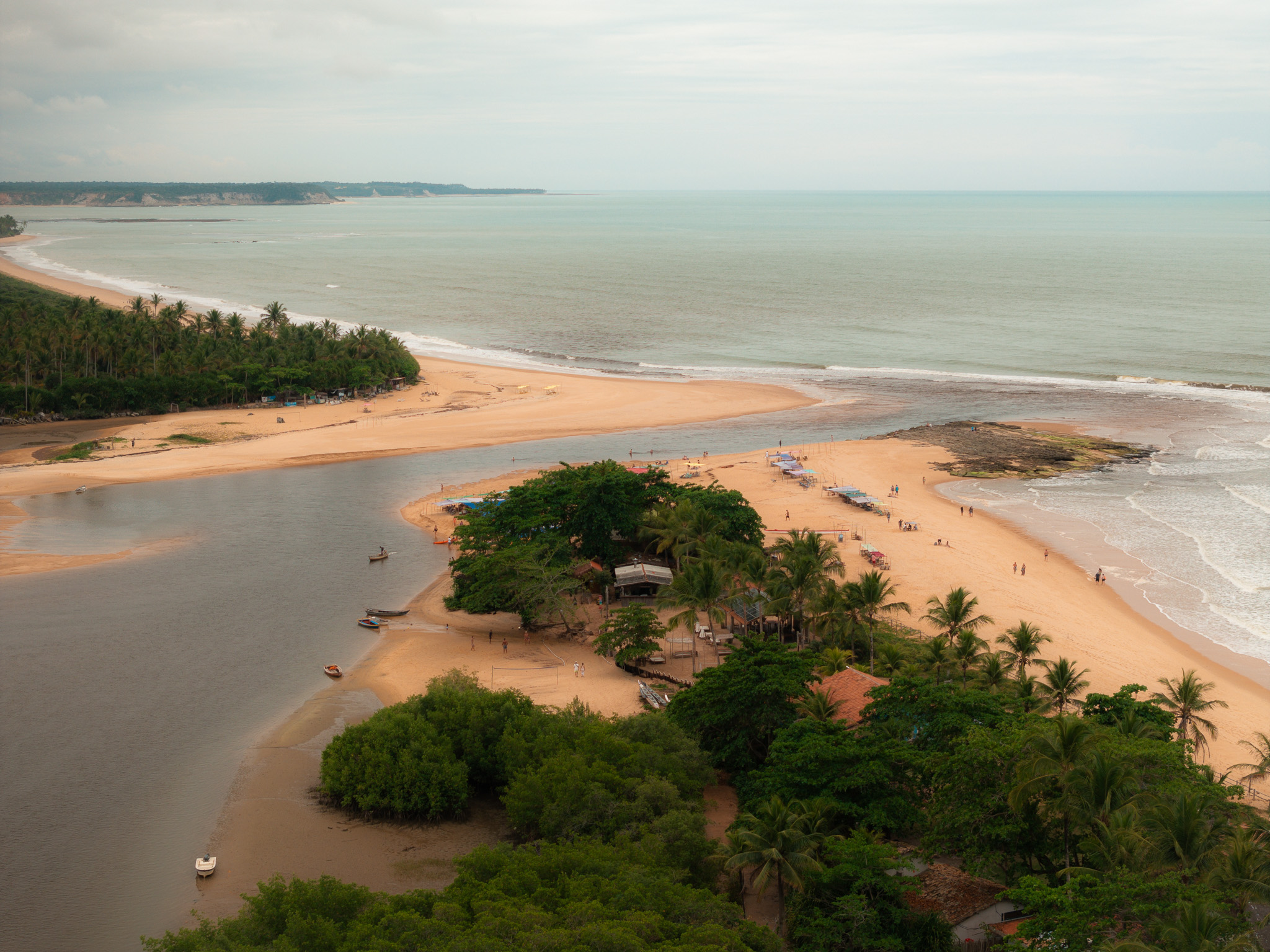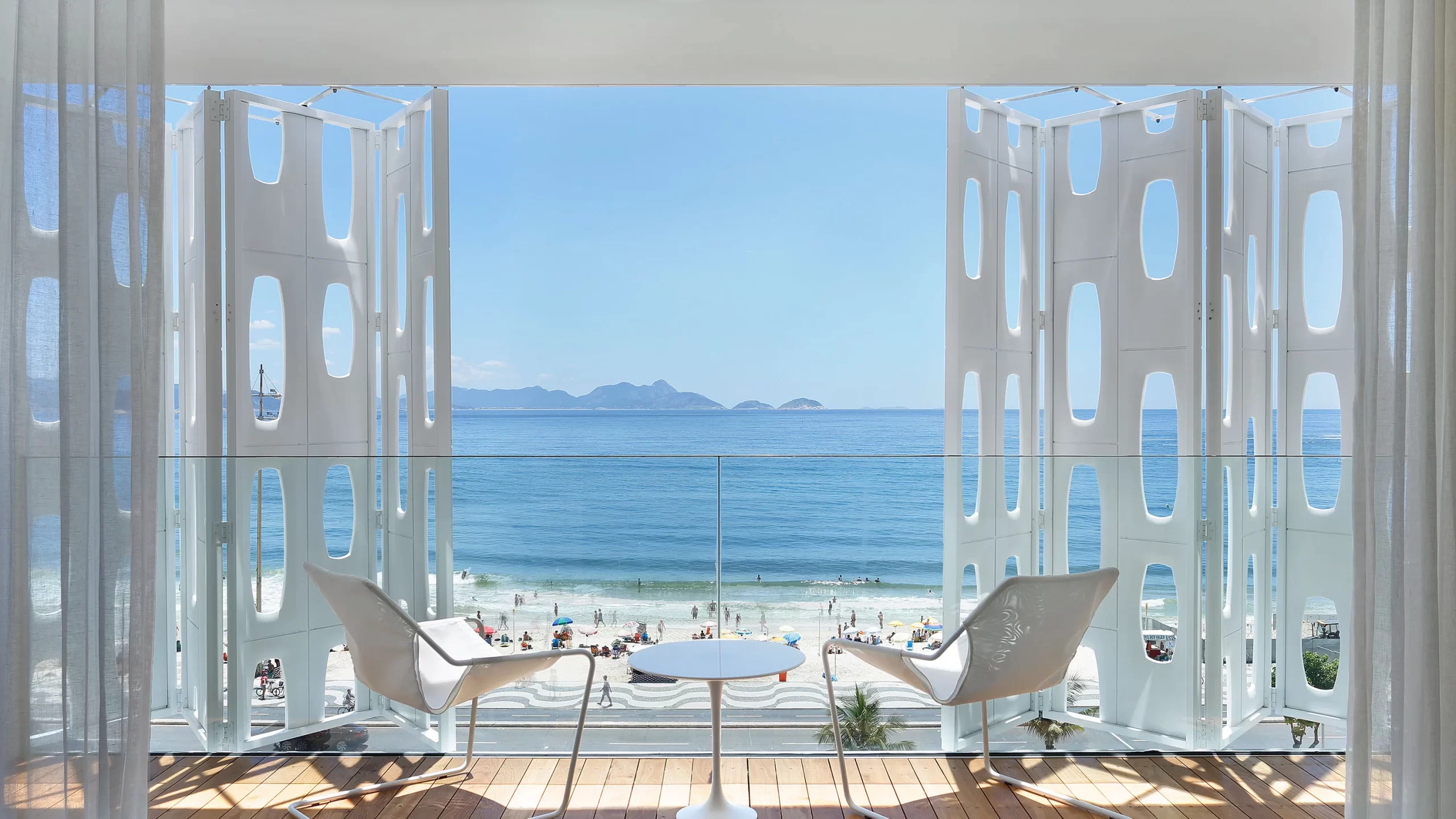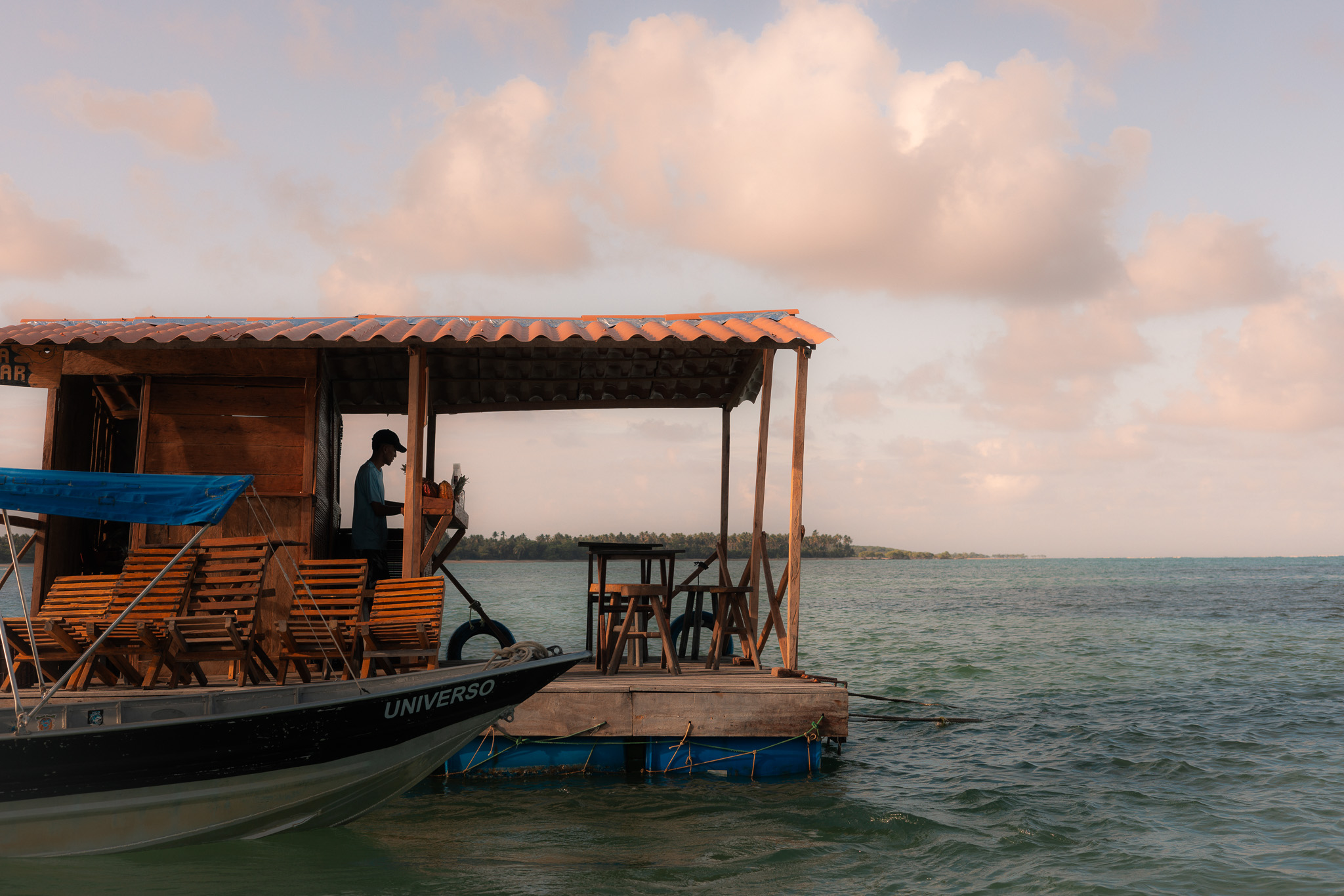Are you planning a safari to the Pantanal, the world's largest tropical wetland? How about to the Amazon, the Pantanal's neighbor? Then, you need to pack the right gear for the trip. From clothing and footwear to gadgets and accessories, there are a few essential items that you need to bring with you to ensure a successful and enjoyable experience. In this blog post, we'll cover the items you should pack for the Pantanal to make the most of your safari adventure in Brazil's final frontier. Similarly, if you found yourself here as you plan a trip to the Amazon, many of these will apply to you, too.
If this is your first time visiting South America for a wildlife-focused trip, you'll quickly realize there is not much information on visiting the Pantanal, nor many Pantanal-specific packing lists. I found it extremely limited when we were organizing our trip (which was also our first "serious" multi-week safari trip) and promised to provide readers with everything I wished I knew and personal tips learned along the way.
Lastly, you can Download Our Printable Packing Guide for Pantanal safaris. This 10-page booklet summarizes this blog post. so when you're packing your bags for your Pantanal expedition, it's the perfect easy (and quick!) reference checklist for must-have items.
Weather, Logistics, and Local Guides
Knowing where to begin on your Pantanal packing list can be exciting and rather complex. The region is enormous, largely uncharted, and weather can fluctuate greatly. As experienced travelers who feel comfortable traveling solo, the Pantanal is best to book through a tourism company or hire a private wildlife guide. The trip's goal was to capture incredible photography, so I reached out to a respected wildlife photographer whose work I have admired for years. Thankfully, he was kind enough to share his travel tips, and we booked our entire trip through Boute Expeditions with Regina Ribeiro as our guide. Regina was incredible, and I cannot speak highly enough about her expertise, planning, and connections, having guided her in the Pantanal for over twenty years. If you book with her, let her know I said hello!
Now, let's move on to the time of the year and the weather. The Pantanal is only accessible from late May to early September during Brazil's winter months. For the rest of the year, the region is entirely inaccessible, and the plains are flooded mainly with heavy rains during summer. Locals living in the Pantanal either completely leave during the rainy season or are prepared to be self-sustaining as roads are underwater and no traffic can come in or go out.
Most people wrongly assume (like us) that all of Brazil will be hot, humid, and warm enough to wear bikinis all year round. Boy, were we wrong! The country is enormous, and you will face an entirely different climate during the winter. We planned our trip during the Pantanal's shoulder season (the end of May), our guide's first tour of the season. Because it was in early spring, we experienced considerable ranges in temperatures between 80° F at high noon and as low as 40° F in the mornings and at night. Suppose you are going during the high season (late June-early August). In that case, you can expect average daily temperatures to reach 95° F. This article is geared towards cooler temperatures since we experienced that, so adjust as needed.
Pantanal Approved Luggage and Bags
Firstly, you need to account for luggage restrictions based on your trip itinerary. For those of you who are planning to travel to places like the Amazon in the north, you will likely be on a small regional plane, driving in a 4x4 or truck (with a guide and driver to share luggage space in the back with), or charter a private plane to get where you need to go. These will have limited sizes and weight restrictions, so a 50-pound roller suitcase does not work.
Large backpacks and rolling duffles are the way to go, but a carry-on-size roller bag could work. Some of the lodges you'll stay at won't be ideal for rolling luggage around in dirt driveways and paths, and it will quickly end up dirty, especially if you're traveling for more than a week. We opted for two large backpacking bags for our trip. While Estiven was fine, I quickly regretted overpacking because I was lugging around an extremely heavy bag on my back for weeks. I was tired and already irritated by our layover in São Paulo. If I could go back, I would have bought a dual-rolling duffle-style bag.
TRBV Intel: We also wrongly assumed that backpacks were accepted as "carry-on" bags for Brazilian flights. While they will likely pass on large international flights, some domestic and regional ones will ask you to check them at the gate due to the smaller plane size and limited overhead space. It took three flights from Miami to get to Mato Grosso, and on our final leg of the journey, my backpack was left behind in São Paulo despite checking it at the tarmac gate. As a seasoned traveler, I know it's a risky game of roulette to count on a checked bag arriving with multiple connections. I thought I outsmarted the system with a carry-on — to no avail! Everything I needed for a month in the jungle was hundreds of miles away. Pack a separate bag of your essentials and change of clothes that you can pull out quickly if you need to check your carry-on bag at the final moment. Nothing was worse than wearing smelly overnight flight clothes that you've been wearing for 36+ hours in the humid and sticky weather until your bag decides to return. The smell amplifies on your 3-hour drive in the car to your first lodge, and you'll hate having to put them back on post-shower. Trust me, and learn from my mistakes.
Lastly, I decided to invest in Apple Airtags (or Tile Trackers) and dropped one inside each of our bags. This allowed us to track our bags in real-time when we became separated from them.
Shirts to Pack for the Pantanal
The key to packing clothes to visit the Pantanal and Amazon is LAYERS! Your base layer should always be a quick-drying or sweat-proof top (bring both long-sleeve and short-sleeve options) that is light and breathable. Most hotels and tour companies will tell you to wear long sleeves and pants with ankle-covered socks for when you sit down, as this helps protect against mosquito bites and contracting yellow fever.
The Pantanal and Amazon can be very wet and humid. Cotton and knits take forever to dry, whether you have been sweating in them all day or need to wash them. Most lodges only provide line-dried laundry. That means if it's raining for a few days, your freshly laundered clothes will be out of commission until the sun comes out. There is an exception for lightweight cotton tops. I brought a few I loved wearing that were thin enough to dry out quickly. Lightweight layers will be your best friend and give you the flexibility to add or subtract based on comfort when in the field. You will also need to account for the type of activities your guides have on the itinerary. An example would be a birding excursion on a walking trail at noon to being on an uncovered boat for several hours in the hot sun, heavy downpours, and strong wind (all possible in a single outing) with expensive camera equipment onboard. With most things in life, it's better to be prepared.
TRBV Intel:
- If you are out for the day and need a quick change, pack an extra base layer and socks in your backpack or camera bag.
- Avoid skin-tight clothing (including yoga pants). Not only do clothes feel much tighter and stickier in this humidity, but mosquitos will bite through them. I packed a few snug-fitted tops for photos, and I was miserable wearing them for a few hours.
- It is impossible to avoid mosquitos. You need to be prepared with clothing and supplies to coexist with them. You will especially notice them once the sun goes down, so have a long sleeve with you for dinner time in case you need it.
- Clothing needs to be natural-toned or neutral colors. Think olives, browns, beiges, and whites. Anything bright or neon stands out from the forest, making tracking wildlife harder or impossible. Bright colors will also attract more insects directly to you, as they will mistakenly think you are a flower or fruit from far away.
There is no reason to show skin, dress in designer clothes, or dress up in any way. A South American safari is not that kind of trip; that is how it differs from other safaris in places like Africa, where you'll see stylish fits on Pinterest. The Pantanal and Amazon are really about utility and surviving the humidity.
Jackets to Pack for the Pantanal
If you are visiting South America during the winter, you must prepare for the cold fronts that come off the coast of Antarctica. While you won't feel this in the Amazon as much, temperatures can drop below 40° F in the Pantanal, making early morning boat rides quite chilly. I packed a lightweight waterproof rain jacket, lightweight windbreaker, and a warm fleece or insulated zip-up like a Patagonia or North Face that fits under that shell layer. I recommend keeping an emergency poncho in your daypack should you get caught in a downpour on the river tracking jaguars in Port Joffre, as we did. It serves a double purpose as an additional clothing layer or emergency rain cover for your camera equipment.
Pants to Pack for the Pantanal
To be completely candid, I hesitated to spend money on hiking pants I would wear once a year for a single trip. I believed I would never wear them on a trail hiking in the United States. If you go to the Pantanal or Amazon, you need at least three pairs. I wore them every day, I never looked out of place, and they were genuinely comfortable.
Amazon has many great (and affordable) options for men and women. You'll want to find hiking pants that are loose-fitting and fast-drying in khaki, olive, brown, or black. As I mentioned earlier, you will regret colorful clothing as it will attract bugs and make wildlife tracking more difficult. You will also regret yoga pants because bugs will bite through them, they feel suffocating in the heat, and dirt clings to them immediately.
Pack comfortable pants or athletic shorts to let your skin breathe on your lunch breaks for lounging around the lodges. I did not pack either of these, so I wore hiking pants every minute (unless I was sleeping). I made so many mistakes in what I put in my overpacked backpack due to the lack of information online. I hope this packing guide spares you the headache!
Shoes and Socks to Pack for the Pantanal
The number one item on your packing list should be a comfortable pair of lightweight, ankle-high hiking boots. Ankles must be covered to protect from snake bites on the trails, and they will also help prevent injury should you roll your ankle on a large root or stone. Water-resistant ones are preferred. For socks, you'll want thin mid-calf socks, which also help protect against bugs when you sit, and your pants should not cover exposed skin on your ankles and legs.
For the lodges, sneakers and comfortable sandals are great to wear at lunch or dinner to give your feet a break from the hiking shoes. We had our own shower in our cabin, but there are some shared showers at lodges where you'll want waterproof sandals to avoid bacteria and germs from your fellow travelers.
Sun and Bug Protection to Pack for the Pantanal
Sun exposure in Brazil should be taken seriously, and the bugs are relentless. Granted, both of these are less severe than in the Amazon jungle, but you still need to pack the proper protection. Sunscreen and a wide-brimmed hat are essentials. I wear Supergoop Unseen sunscreen every day at home (it doubles as a makeup primer) and also Supergoop Play for the body. Because your body is covered, you will have minimal skin exposure, but pay attention to your neck, shoulders, and arms if you take off layers during the day. I tan very quickly, but take extra care if you are prone to burning.
As for hats, most blogs will recommend buying a booney hat. These are lightweight, foldable, offer the most sun protection, and have a string to prevent them from flying away on fast-moving boat rides. I brought a baseball cap, and it flew off my head within minutes of being on the river. I brought sunglasses but did not wear them in the primarily overcast weather. If you are also photographing, the glasses tend to get in the way versus a hat, which will offer shade to the viewfinder.
Bug protection is the more critical discussion. Pack DEET bug spray for the best protection, and you will wear it daily. I rarely wear bug spray in the United States or later places; if I do, it is always a natural formula. DEET is stronger, and you need it when you are deep in the jungle to protect against insect-related diseases.
While I was researching tips for safaris in South America, I read that lavender oil is a great natural bug deterrent that can be used after you shower before you head to dinner or go to bed. DEET bug spray is oily, smells strong, and sits on the skin. Lavender oil is milder and helps keep those mosquitos at bay who slipped inside your cabin room.
Some people pre-treat clothing with a spray before leaving on their trip, as it requires a day or two with good ventilation. The bottle is quite large (it exceeds carry-on liquid requirements), and our gear arrived hours before our flight, so I returned it when we got home.
Critical TRBV Tips:
- You need proof of a current yellow fever vaccine to enter Brazil, so plan because appointment locations can be challenging to find and may book far out in advance.
- Anti-itch cortisol cream is your best friend. Put it in your day bag, and bring extra tubes depending on your pain tolerance.
- Pack antihistamines for bug bites. This also doubles if you are allergic to a food you don't usually have at home.
Pajamas, Undergarments, and Swimwear to Pack for the Pantanal
Even if you sleep commando, pack some comfy, loose-fitting clothes to lounge around or sleep in. You will be surprised at the number of bugs that sneak in when opening your door after dark and find their way under your sheet.
Bring a few extras of underwear and bras that you normally wear at home or to the gym. I brought bralettes that I wear to the gym, and they were perfect. You do not need underwire bras. You will be sweaty and generally active. Powdered laundry detergent is great for washing these types of things in the sink, too.
One or two lodges in the Pantanal have a swimming pool. Pack a bikini or swimming trunks if you want to dip! We were exhausted from the heat and morning excursions and usually took a nap post-lunch most days. Sadly, we did not go swimming!
Toiletries & Jungle Hair Care to Pack for the Pantanal
Most lodges in the Pantanal and Amazon are "efficient" as our tour guide said. This may differ in different places or as this article gets older, but do not assume that your bathroom will have hair dryers, air conditioning, or even outlets near a mirror. We did not have any of these amenities during our 4-week stay in the Pantanal or Amazon.
Shower Needs: Bring your daily shower and toiletry needs. This includes toothpaste, toothbrushes, shampoo and conditioner, body wash, moisturizer, feminine products, etc. Obviously, there is no little grocery store around the corner, so you need to live without anything you forget to pack.
Pantanal Makeup: Ladies, you do not need makeup in the Pantanal or Amazon. Use this time to give your skin a break and breathe! Anything you apply to your face immediately melts off when you walk outside. I wore my usual gym makeup: sunscreen, tinted moisturizer, tinted powder, brow gel, waterproof mascara, and chapstick. That's all.
Haircare in the Pantanal: I went all natural for this one. I didn't even pack a hairdryer or hot tool because they didn't fit in my backpack. My hair is generally curly and frizzy when humidity is added to the mix, but the reality is that everyone's hair is a little crazy here. I wore it in a ponytail (you can also hide it under your hat post-boat rides). I decided not to spend my vacation fighting to tame my mane. Since I edited this a few years later, I found that I love sea salt sprays that will define my waves and help fight frizz. If you have very curly hair, bring your usual gel or mousse.
Field Guide Intel: Bring extra hair ties, and most lodges will not have a hair dryer. If you plan to bring your own hot tools, check the voltage for Brazil and pack an extension cord with a surge protector. Some bathrooms did not have an outlet, and you'll need to run an extension from the bedroom to see a mirror. The surge protector will also add another layer of protection for other electronics you're charging (like your camera, laptop, and phone). I've fried universal converters and actual outlets multiple times (in various countries) because I didn't use a surge protector.
Camera Equipment to Pack for the Pantanal
You are trekking out to the Pantanal to view exotic wildlife like jaguars, giant otters, anteaters, and some of the rarest birds in the world. Bring the best camera you can afford (renting is an option that many people do, including me) and know how to use it. When will the next time you come to the Pantanal be to get "that better shot"? Do you want to be "that person" who uses your phone's fully zoomed camera to send your friends and family a grainy picture of a jaguar? The answer is probably no.
You'll want to bring a good camera body with a zoom lens. You can read more about our camera gear in this article. For the Pantanal, bring at least a 400-600mm lens if you're solely going on a wildlife trip. It is expected to see the pros with a 700mm+ telephoto lens for close-up shots of the jaguars. The Jaguar sightings vary from 9 feet to 100 feet away. There's no average distance; it depends on how the cat behaves and where it is located. If you're bringing a big lens, take a tripod.
If you're going for a bucket list trip and don't want to invest in cameras or expensive lenses, consider renting a camera! I used LensRentals.com for years while the business was getting off the ground and could not invest in our own equipment. Use our code "15BONNE" for 15% off your order. They will only ship to United States addresses.
Bring extra batteries, a few SD cards, lens cleaning cloths, and a portable hard drive in your daypack. I also brought my laptop to edit photos at night. Remember the waterproof bag or plastic poncho for emergencies if you're caught out in the rain with your camera gear.
Consider making your daypack a camera organizer that doubles as a backpack. We rented ours through LensRentals to test if we enjoyed using it before purchasing.
Wildlife and Safari Equipment to Pack for the Pantanal
Binoculars are an absolute must. Invest in a good pair or rent some. If you are traveling with your partner and plan to bring a camera, chances are they may not be able to see the same thing you are with the naked eye.
Headlamps, Portable Lamps, or Flashlights are great for night safaris. Some places will provide them, but they are handy to use around your lodge after the sun sets.
Cooling Towels: If you're prone to heat exhaustion, bring one of these cooling towels. After it's been dunked into the river or soaked with fresh water, you can place it on your neck or under your hat. It's a game-changer.
Refillable Water Bottles and C Clips: Bring a large refillable water bottle to take with you on your trips and clip it onto your backpack with a c clip for hands-free hydration.
Electronics to Pack for the Pantanal
Bring universal or Brazil Outlet Converters and Extension Cords with Power Surge Protection. If you'll be checking a bag or flying on an airline with strict weight restrictions, bring a small Luggage Scale. You can find gifts if you're headed through Chapada dos Guimarães in their city center, but we left with less luggage than we arrived and did most of the shopping while in Rio de Janeiro.

Other Essentials for the Pantanal
Passport, Visa, and Yellow Fever Vaccination Card: If you are arriving in Brazil from an international destination, you need a valid passport, a visa depending on your origin country, and an up-to-date yellow fever vaccination card to present to customs. You will also likely be asked for it once you arrive home in your home country. Be sure to check Brazil's entry requirements before arriving. Although it's not required, some tour companies will request proof of tetanus and hepatitis inoculations being up to date.
Travel Insurance: We did not personally purchase this as we found it to be quite costly.
Local Currency: The currency in Brazil is the Reais (BRL). You can exchange foreign currency at airports, hotels, banks, or cash withdrawn at ATMs. Visa and MasterCard are widely accepted (American Express is not). Most hotels, restaurants, and shops accept credit cards with a few exceptions. However, expect to most things to be paid in local currency in the countryside. Most of your meals are covered if you travel with a guide or have organized your trip through a tour company. There will be a few you need to cover out of pocket, and it's best practice to tip your guide based on the total amount your trip costs.
First Aid Kit and Medications: This doesn't need to be crazy, but you never know what kinds of situations you'll get into on the road. Bandaids (open wounds), antibiotics, ibuprofen (headaches and body aches), chewable Pepto Bismol (stomach pain from water or new food), cortisone cream (bug bites and allergies), Benadryl (allergies and sleeping on flights) are essentials in my opinion.
Refillable Water Bottles are not only an environmentally responsible choice, but they're also great to always have with you in the car and on the trail. The single-use plastic ones can't be clipped to your bag with a C-clip anyway.
Powdered Laundry Detergent: For washing your clothes in a pinch (not all lodges offer laundry services).
Air Compression Bags (Manual Pump): If you're packing a few weeks' worth of clothes in a single backpack, consider a manually pumped air compression bag. I also found these were good for separating clothes per region (colder weather Pantanal clothes versus Amazon jungle with higher temperatures) or separating dirty clothes.
Assume you can't find your everyday things there. There are few to no stores outside of Cuiabà on your drive into the Pantanal, meaning you must bring all your toiletries from home or get whatever you need at the airport. This is not one of those destinations to go shopping once you land.
Concluding Thoughts
Planning a trip and knowing what to pack for the Pantanal can be exciting and rather complex. There is very little information available online, distances are enormous, and there is a ton to see in the region. In the meantime, check out Photos to Inspire You to Visit the Pantanal and Download Our Printable Pantanal Packing Guide. Happy Travels!
This post may be sponsored or contain affiliate links, which means I receive a small commission, at no cost to you, if you make a purchase through a link.
Share this story
